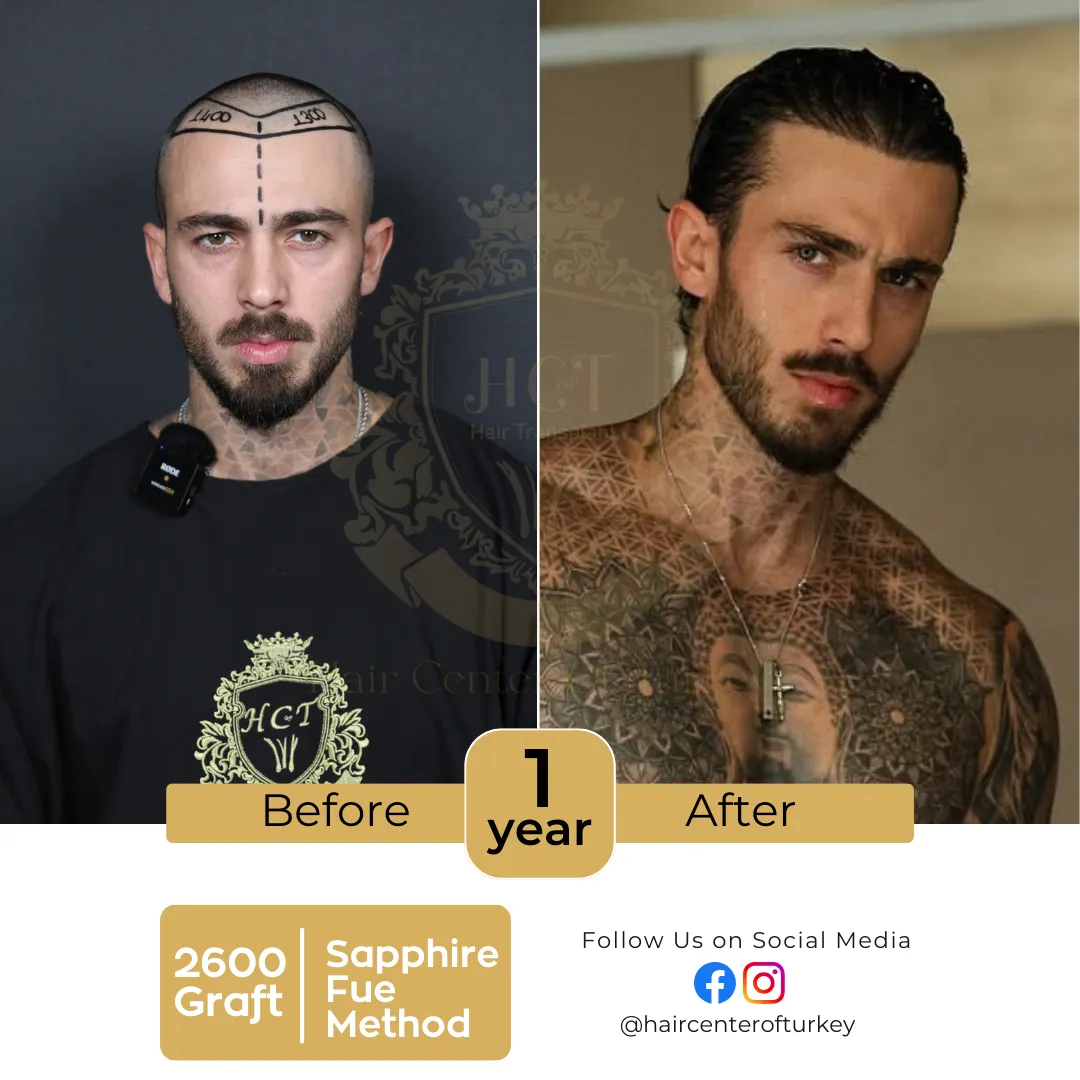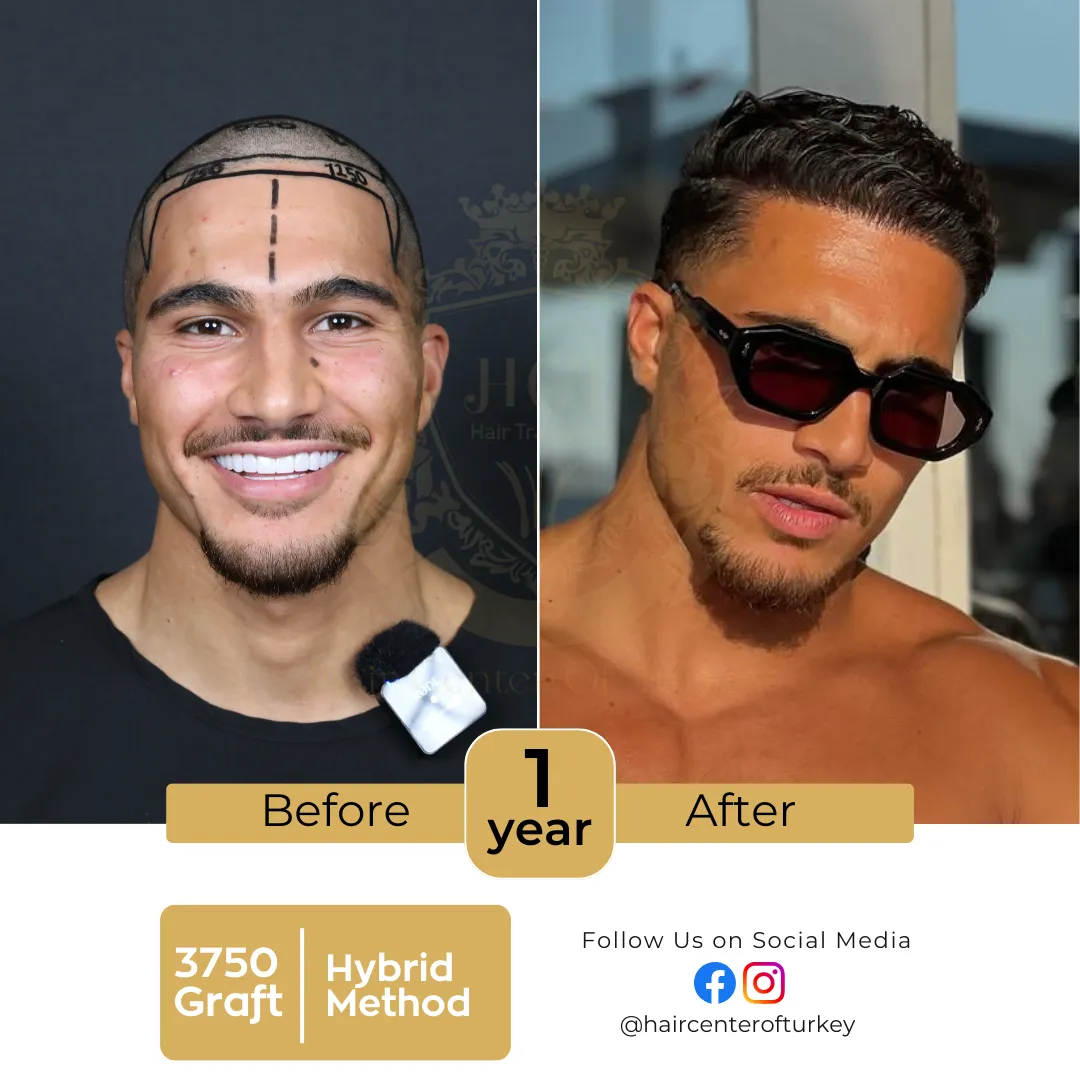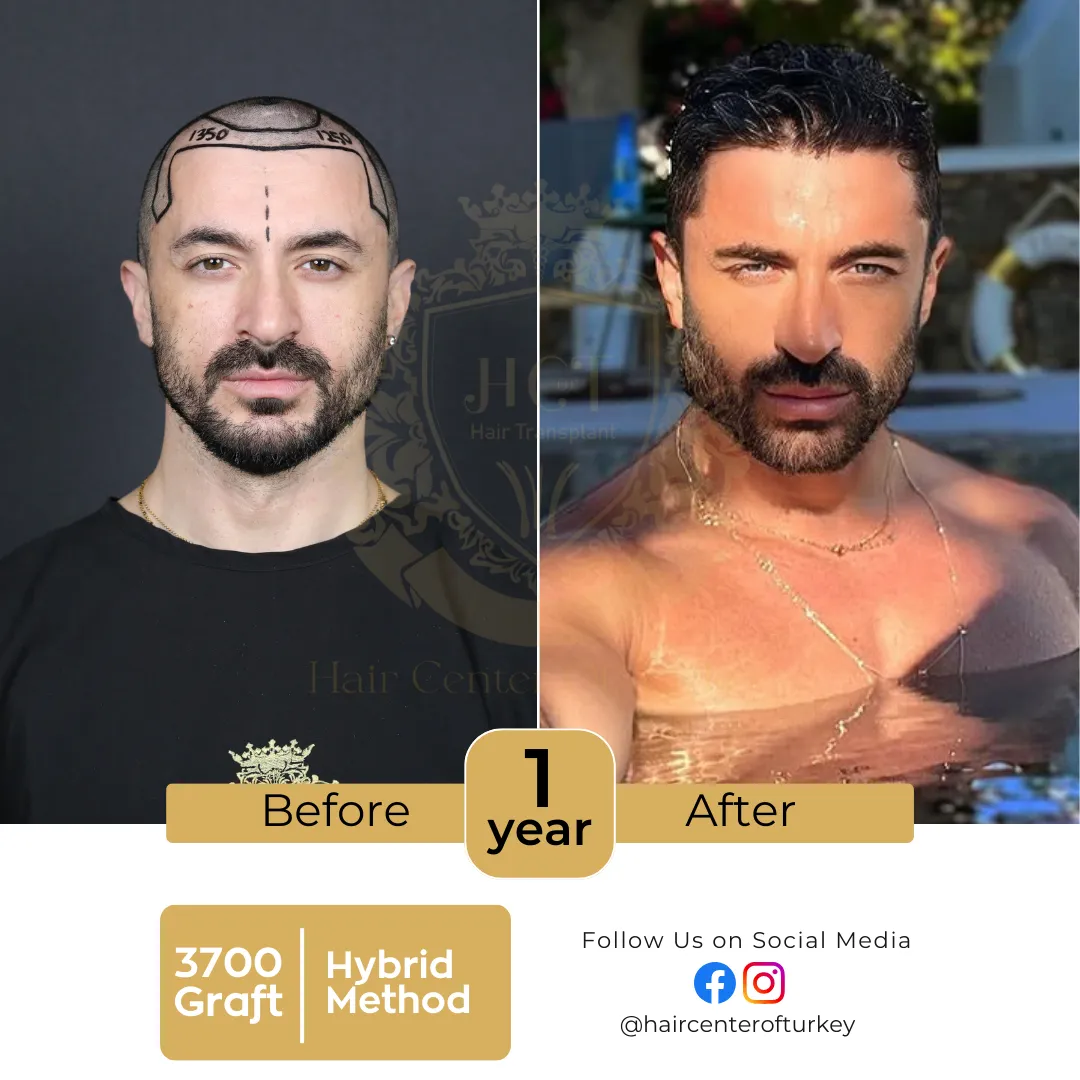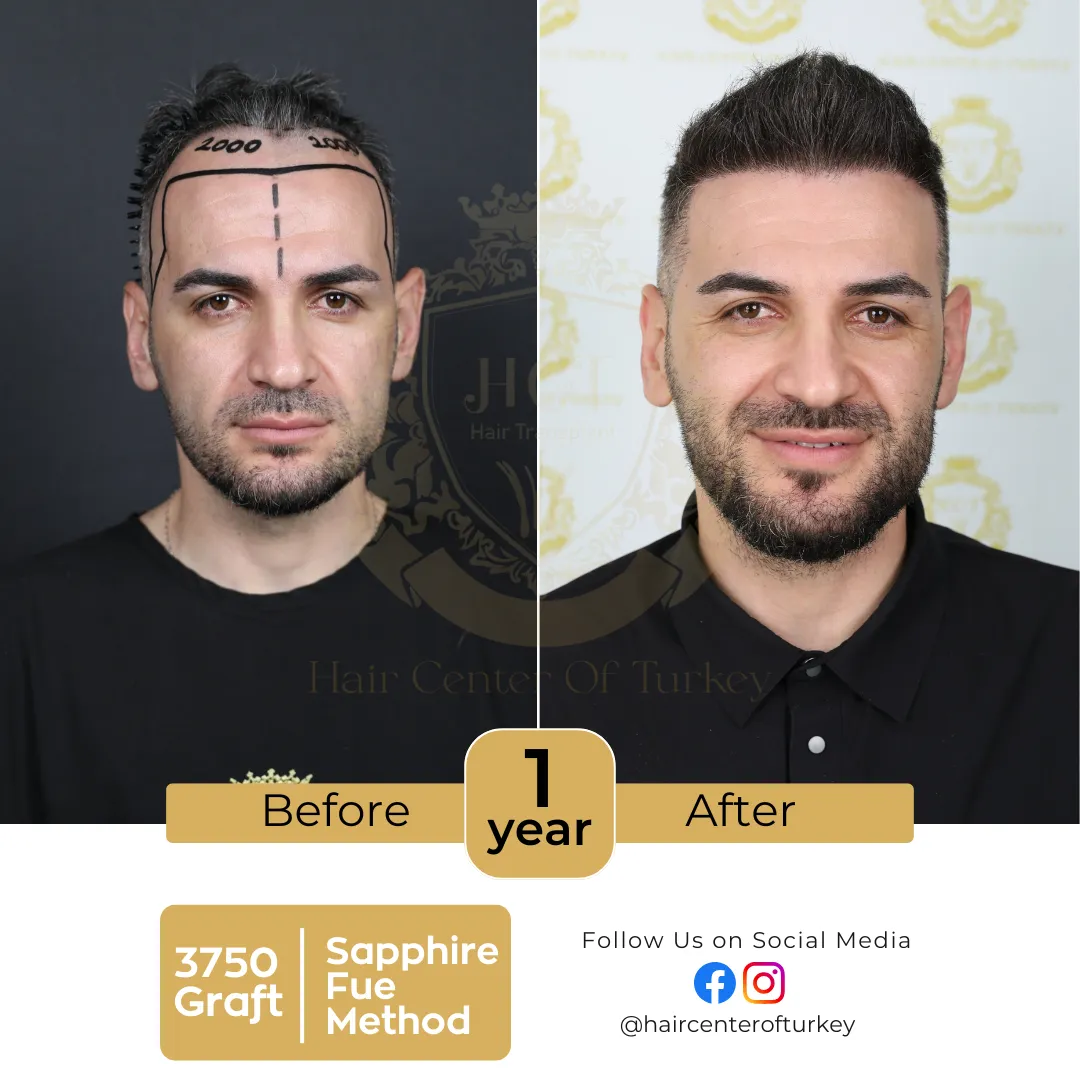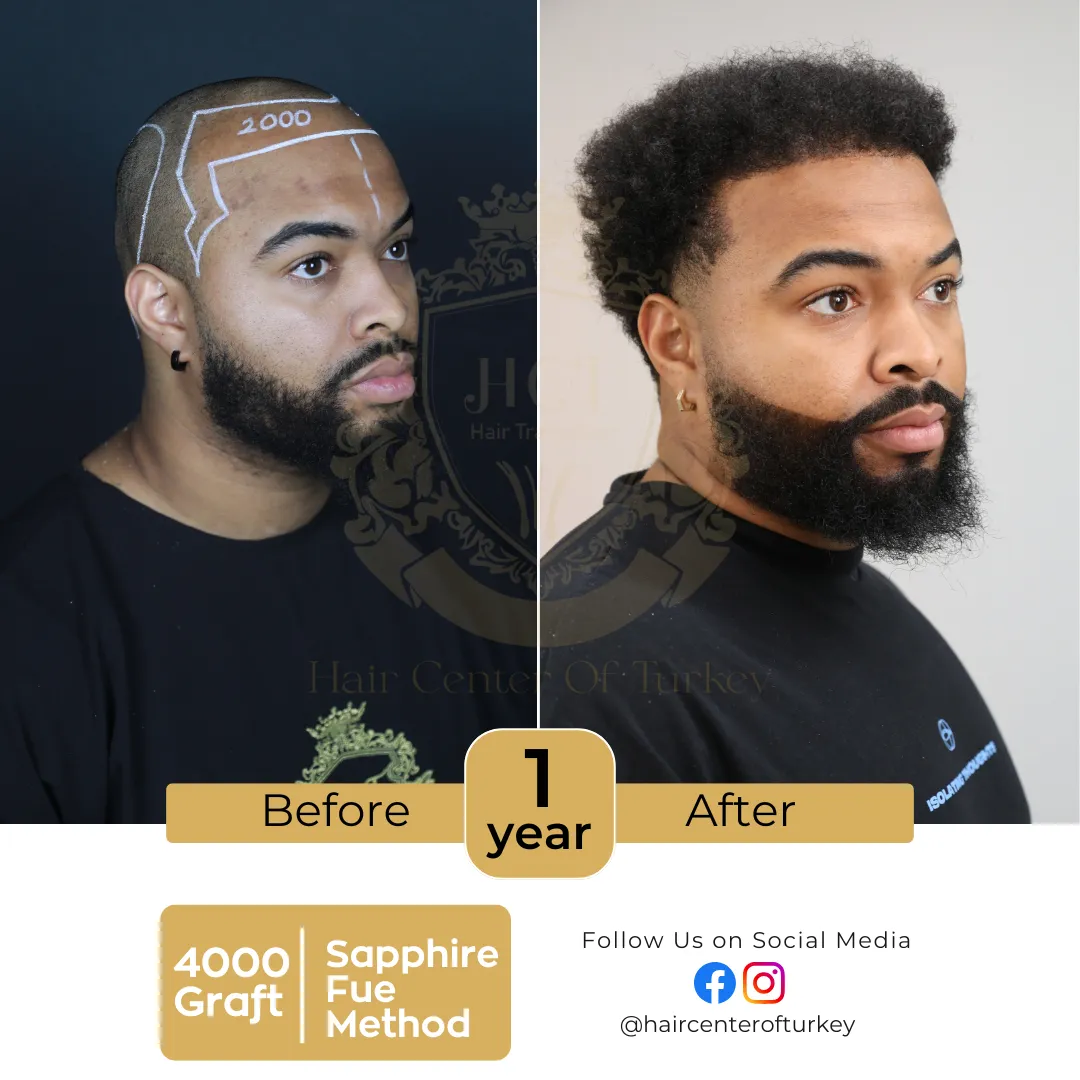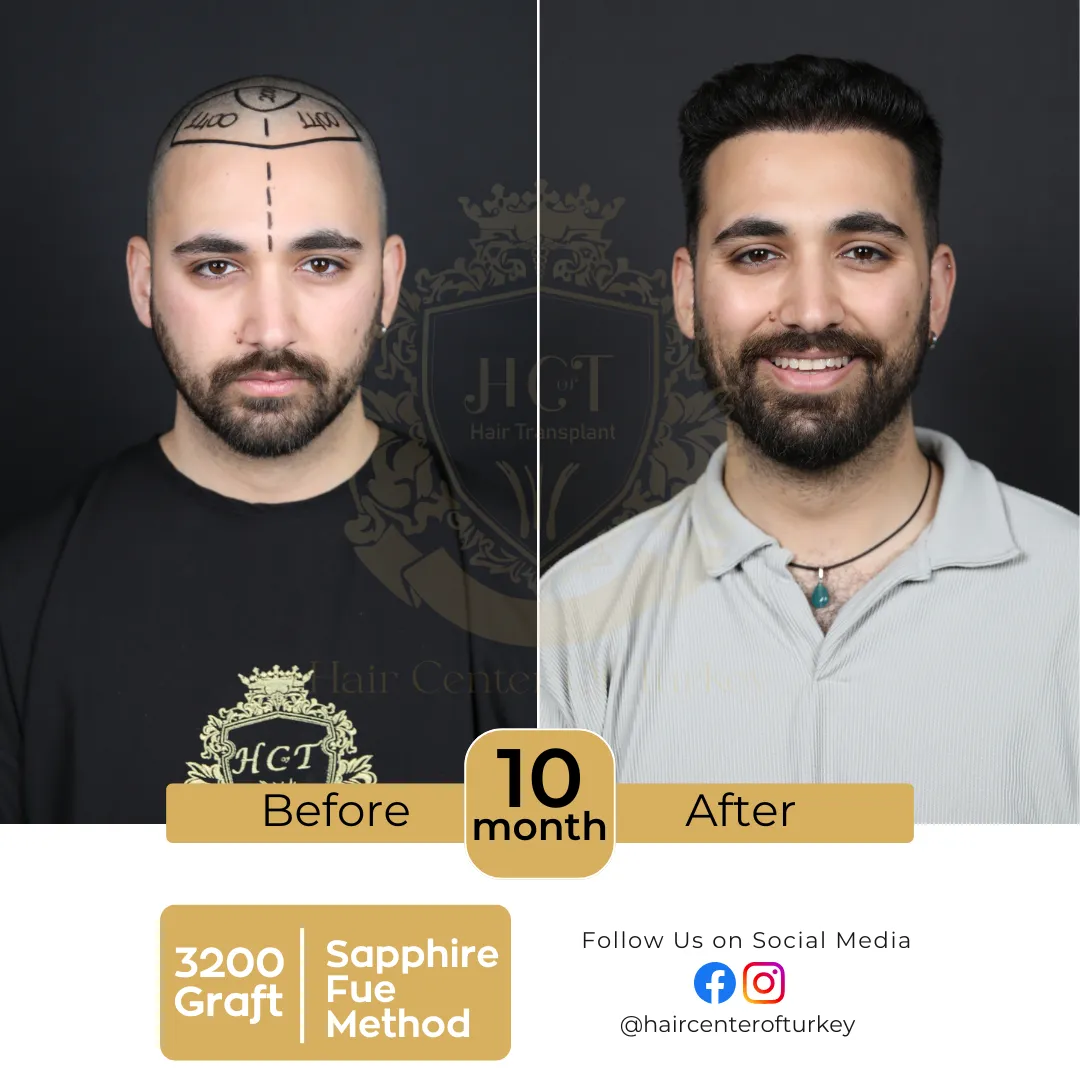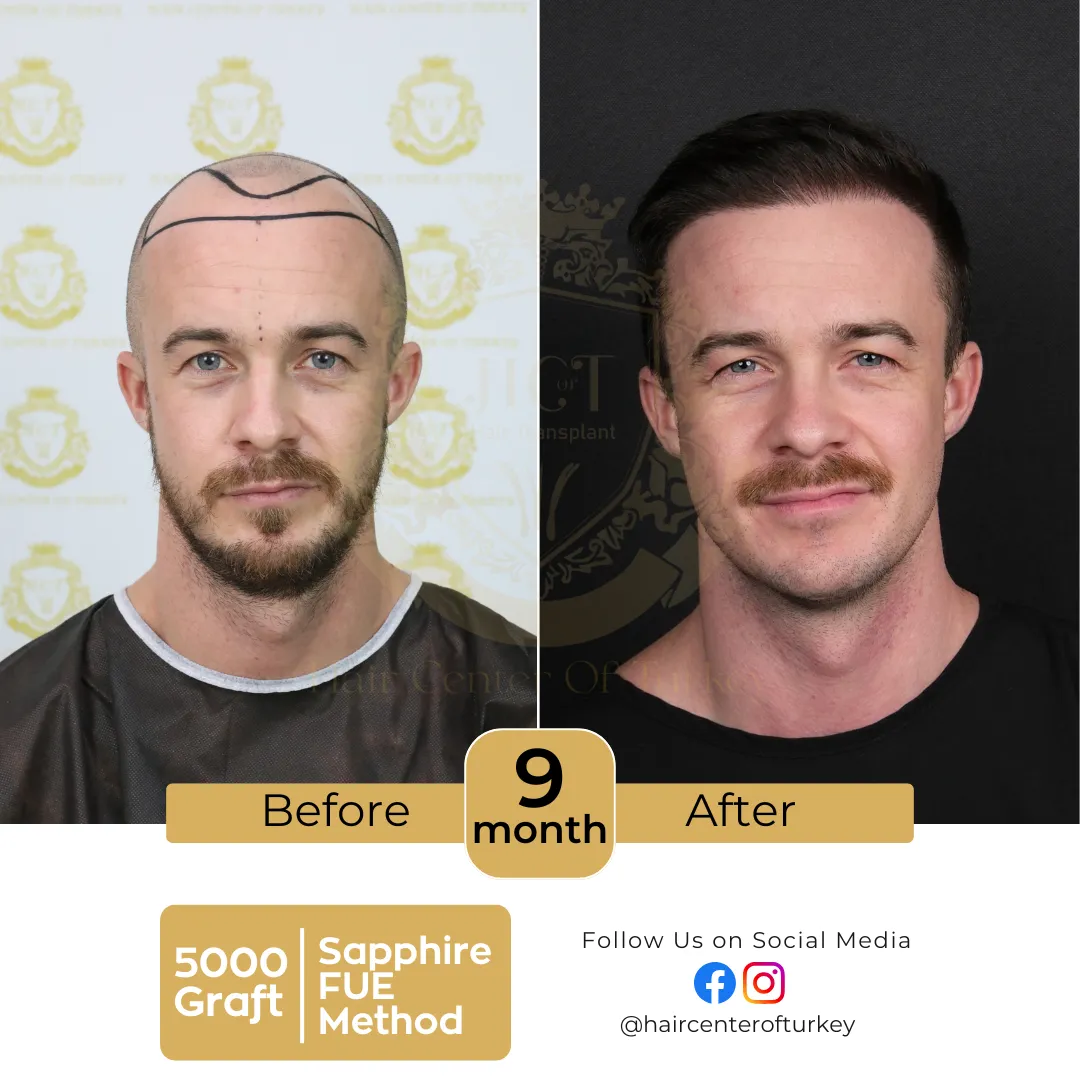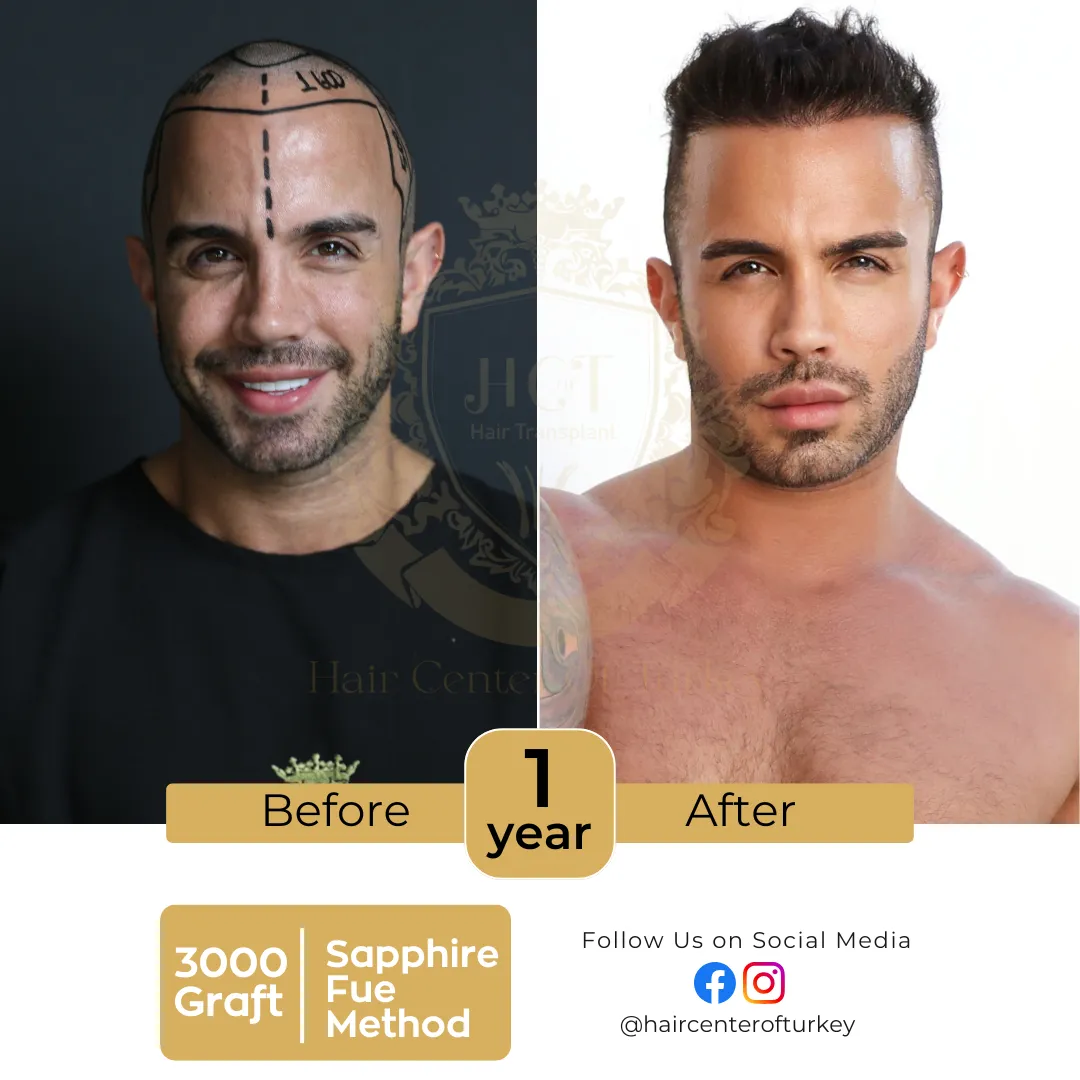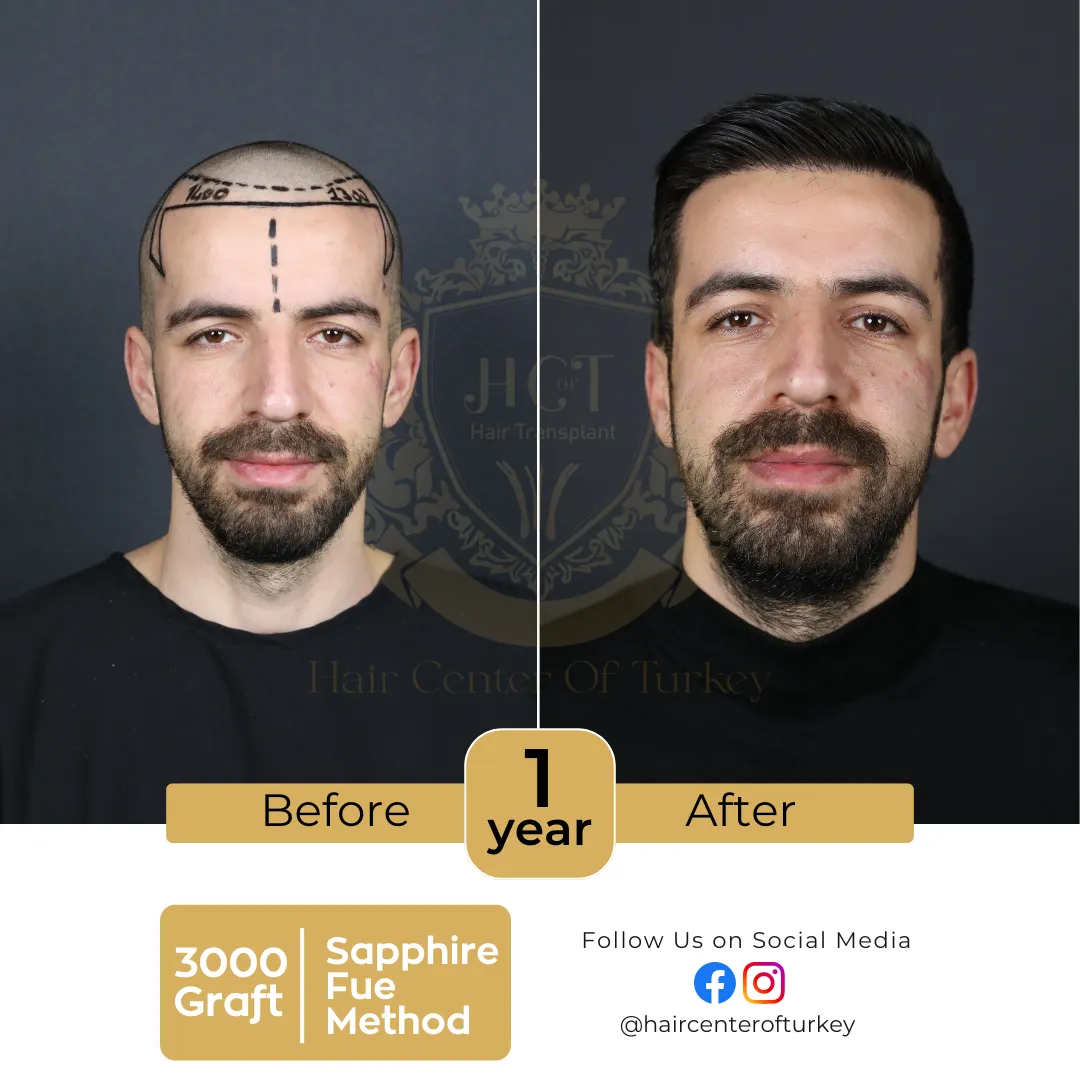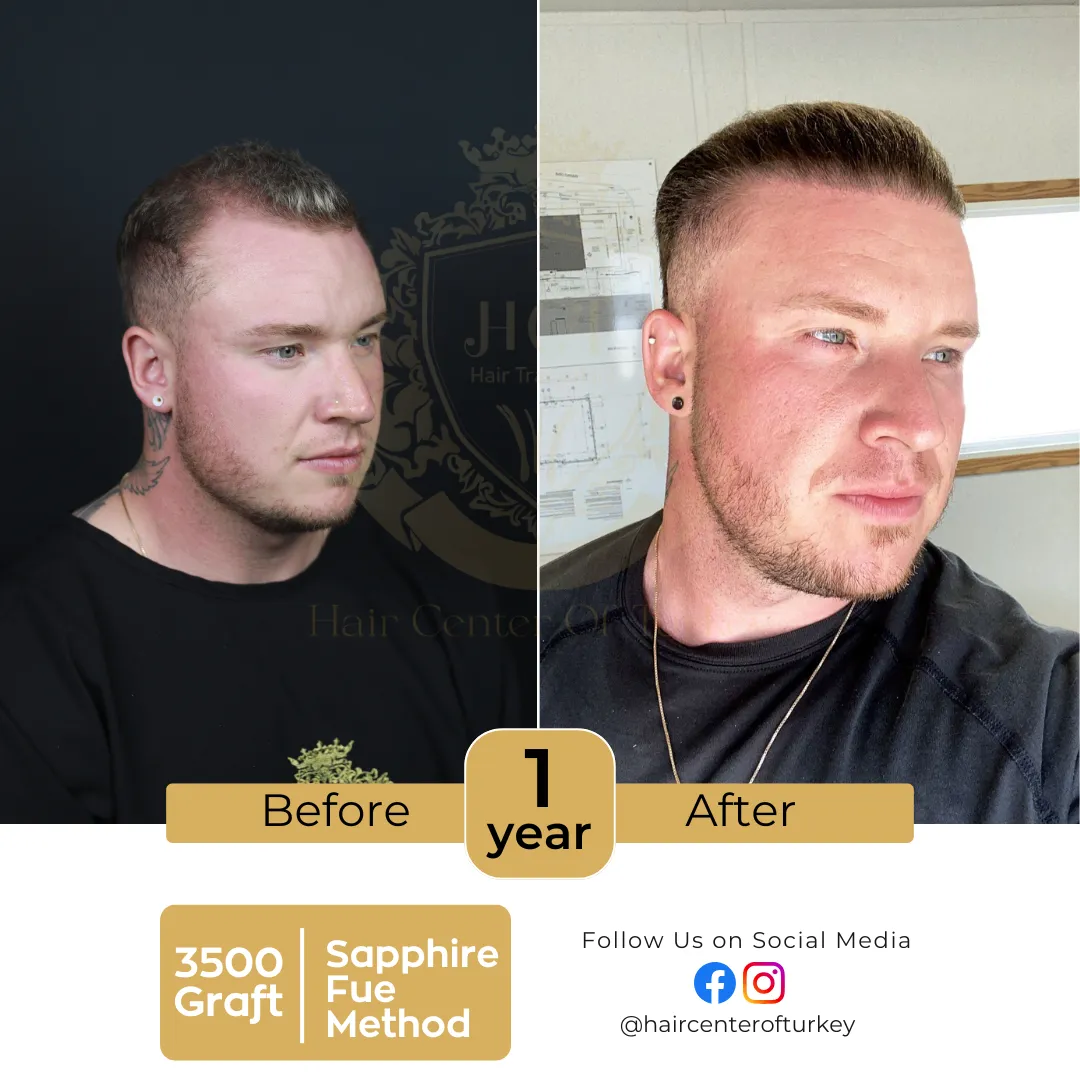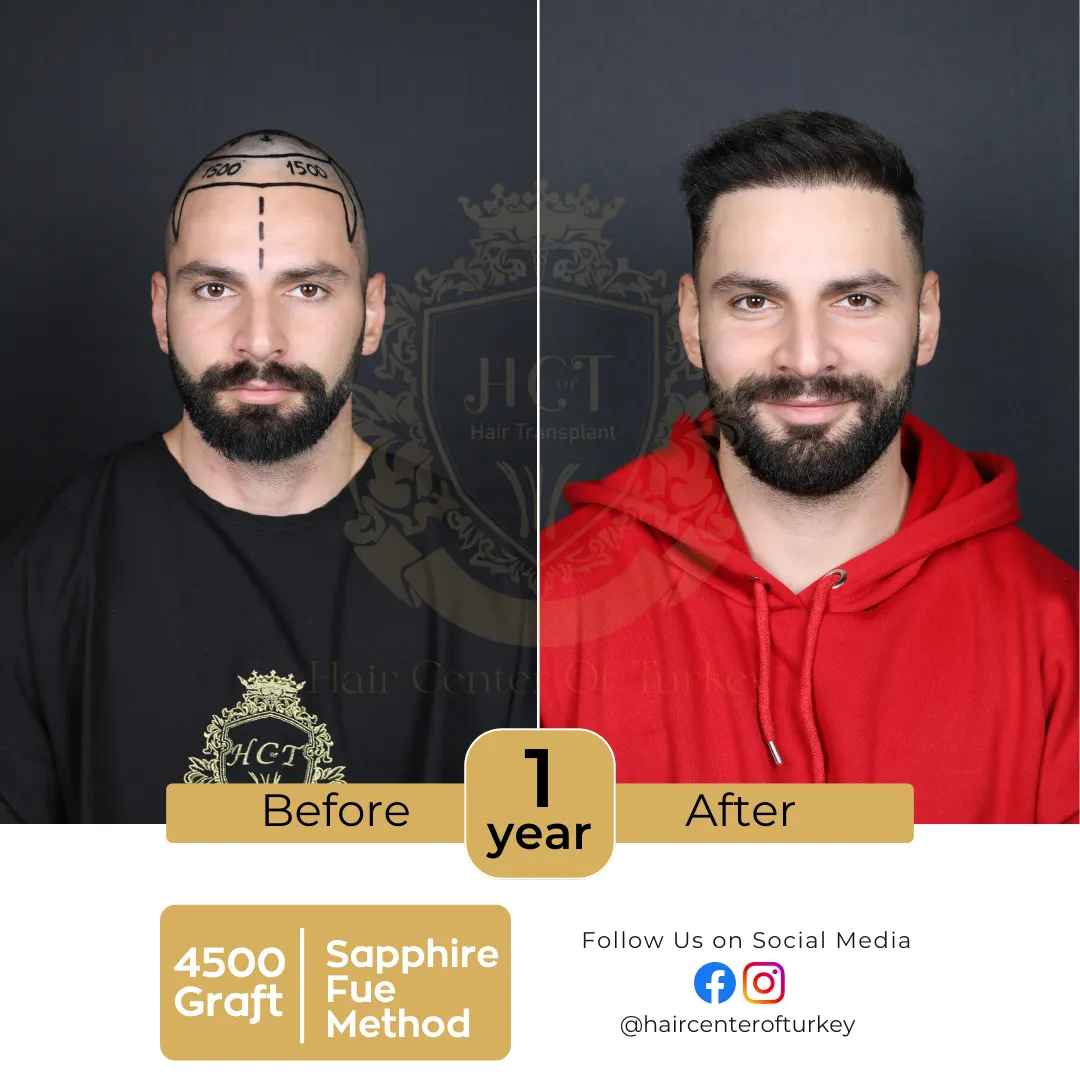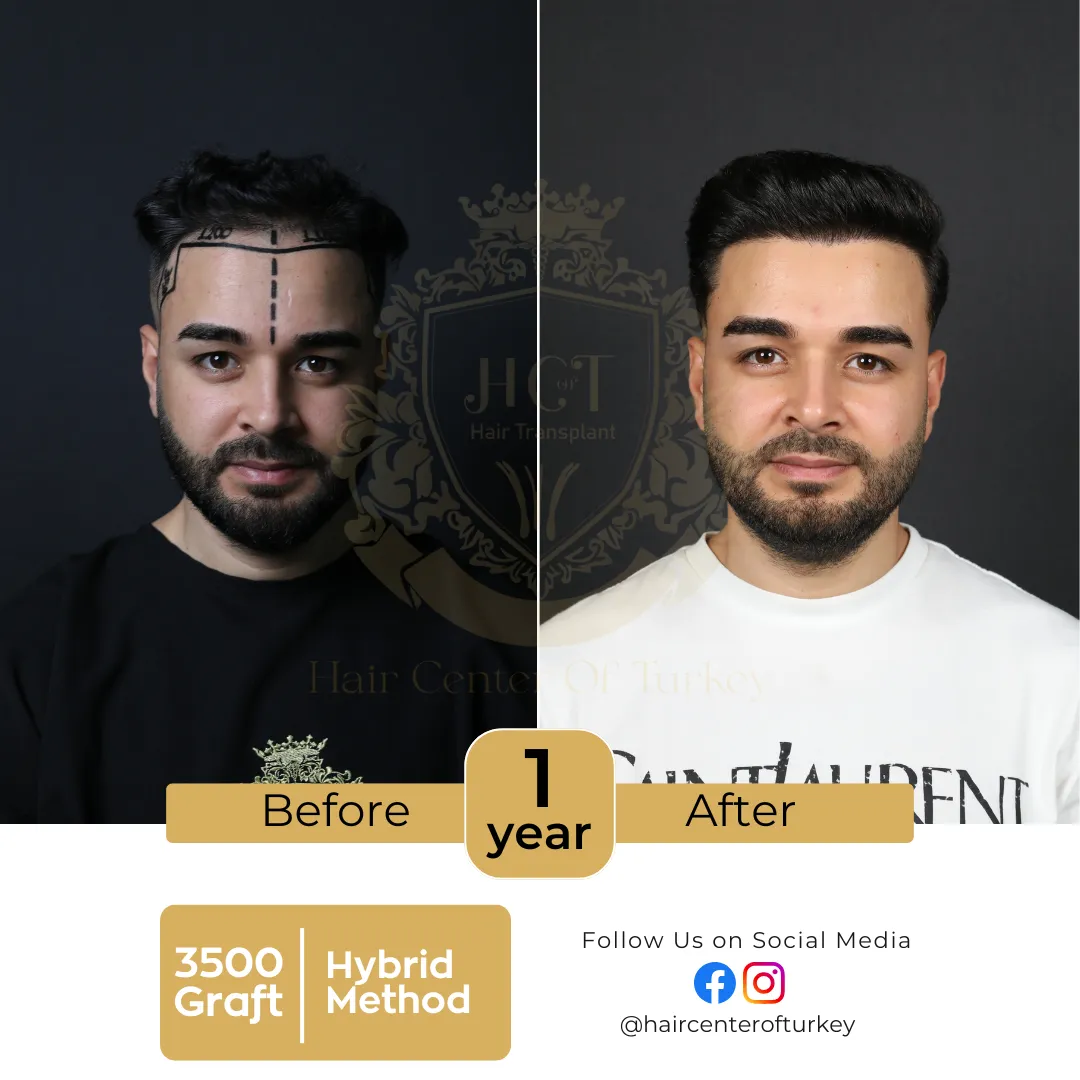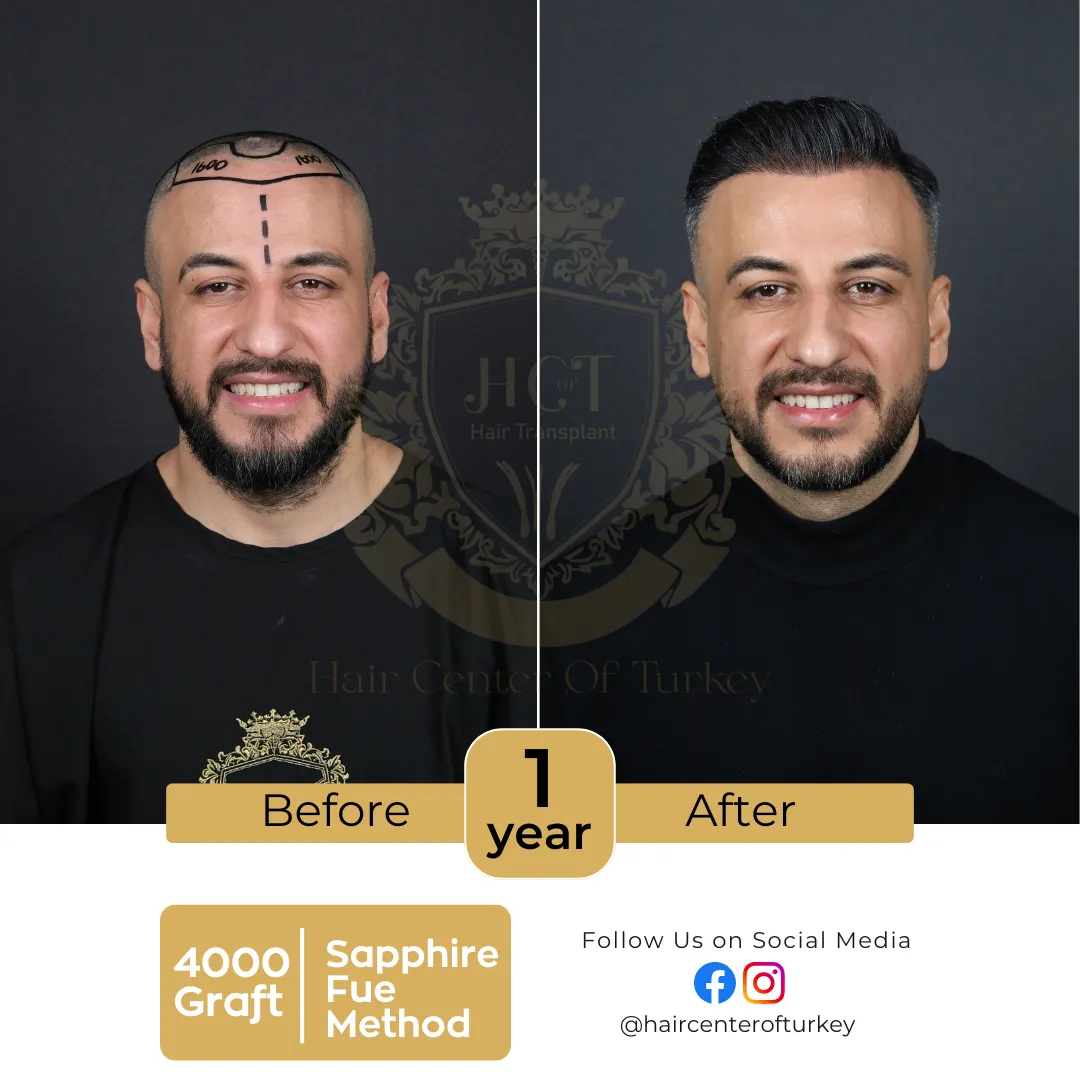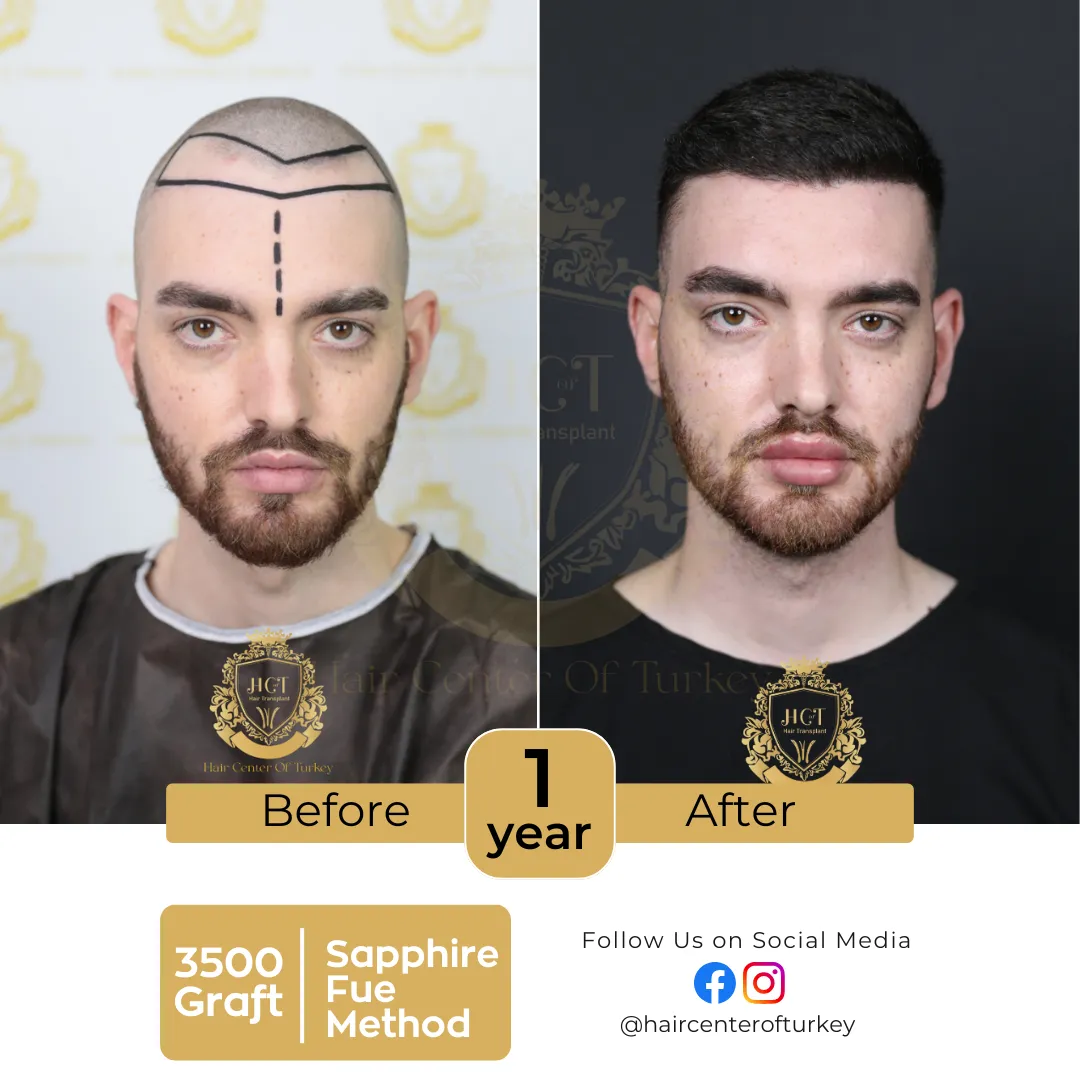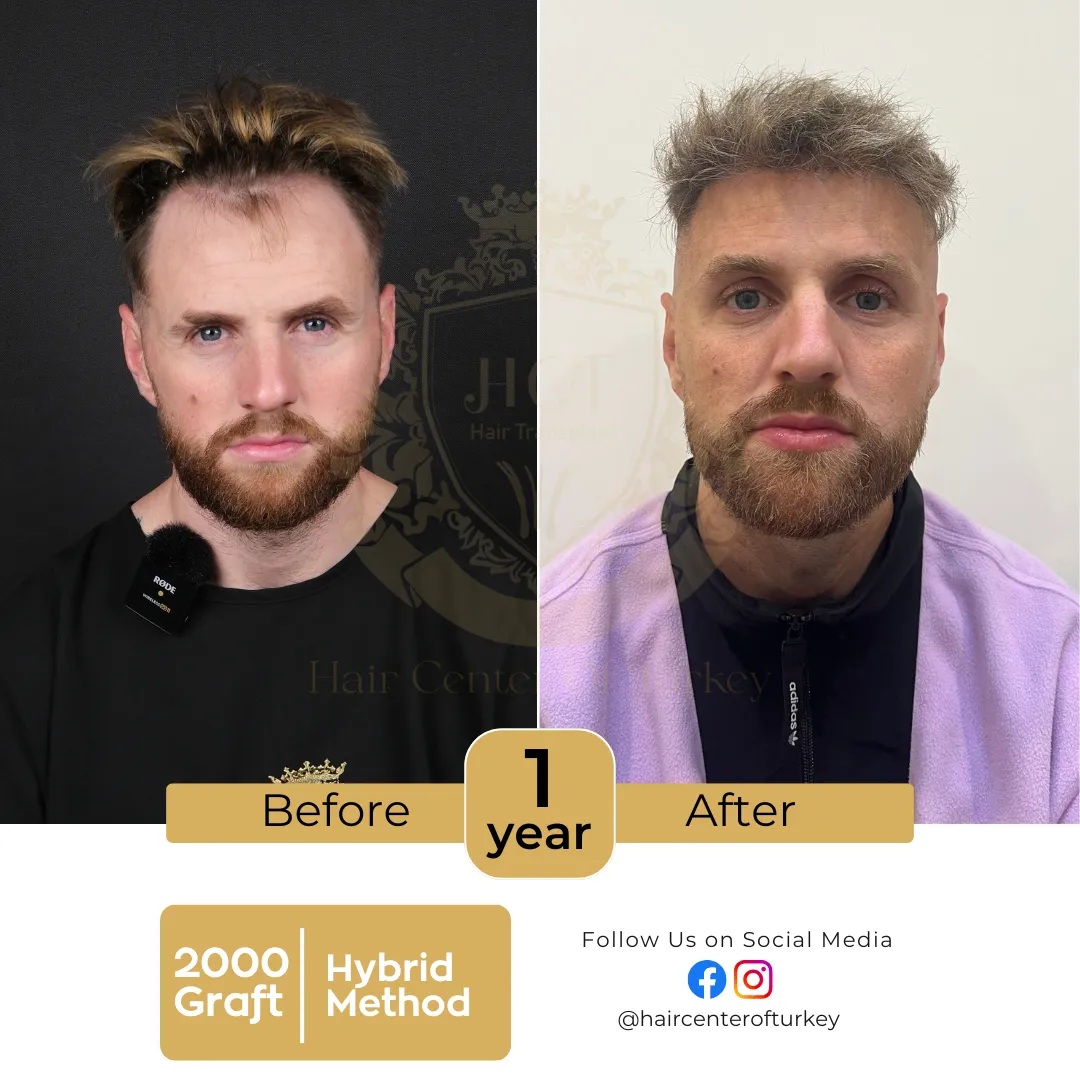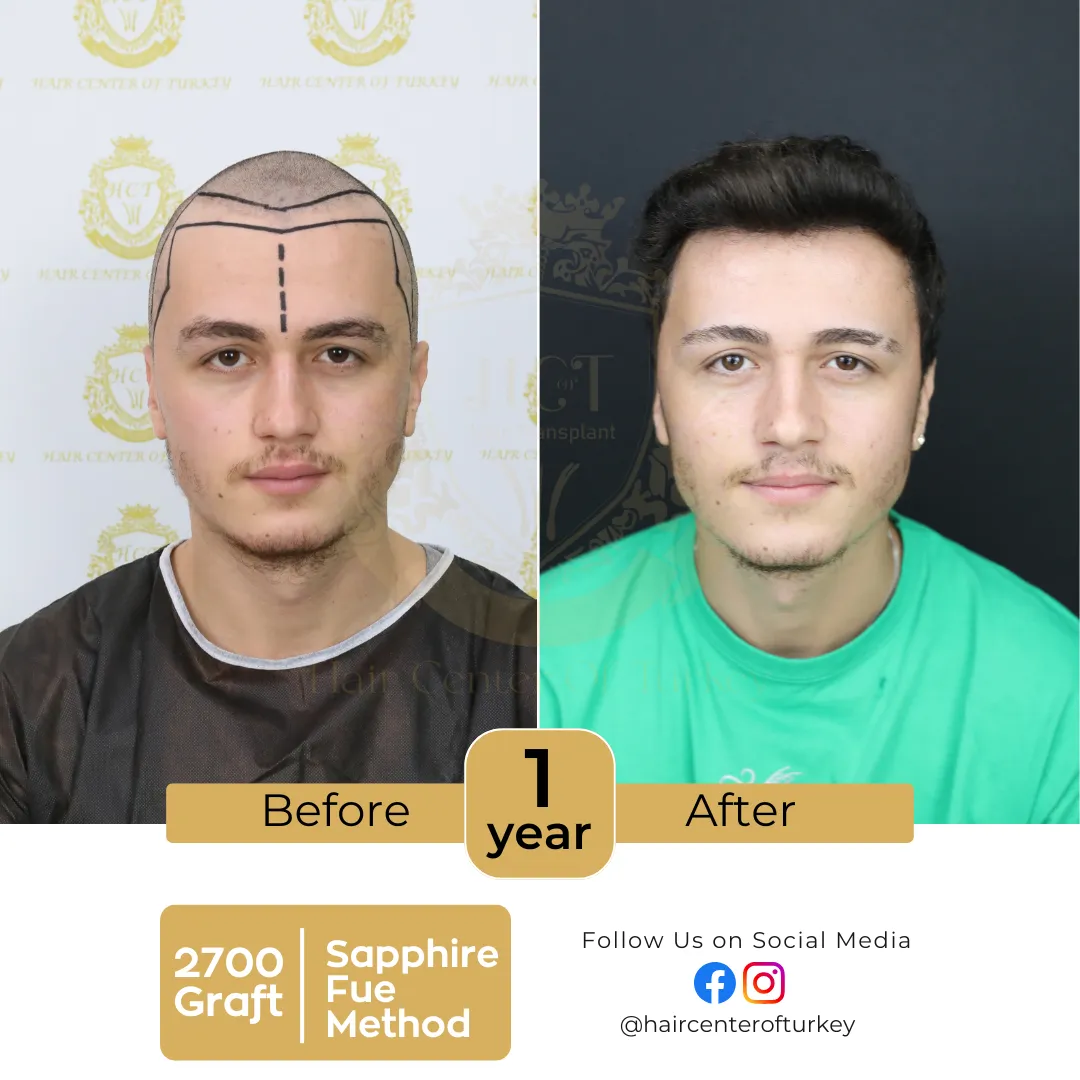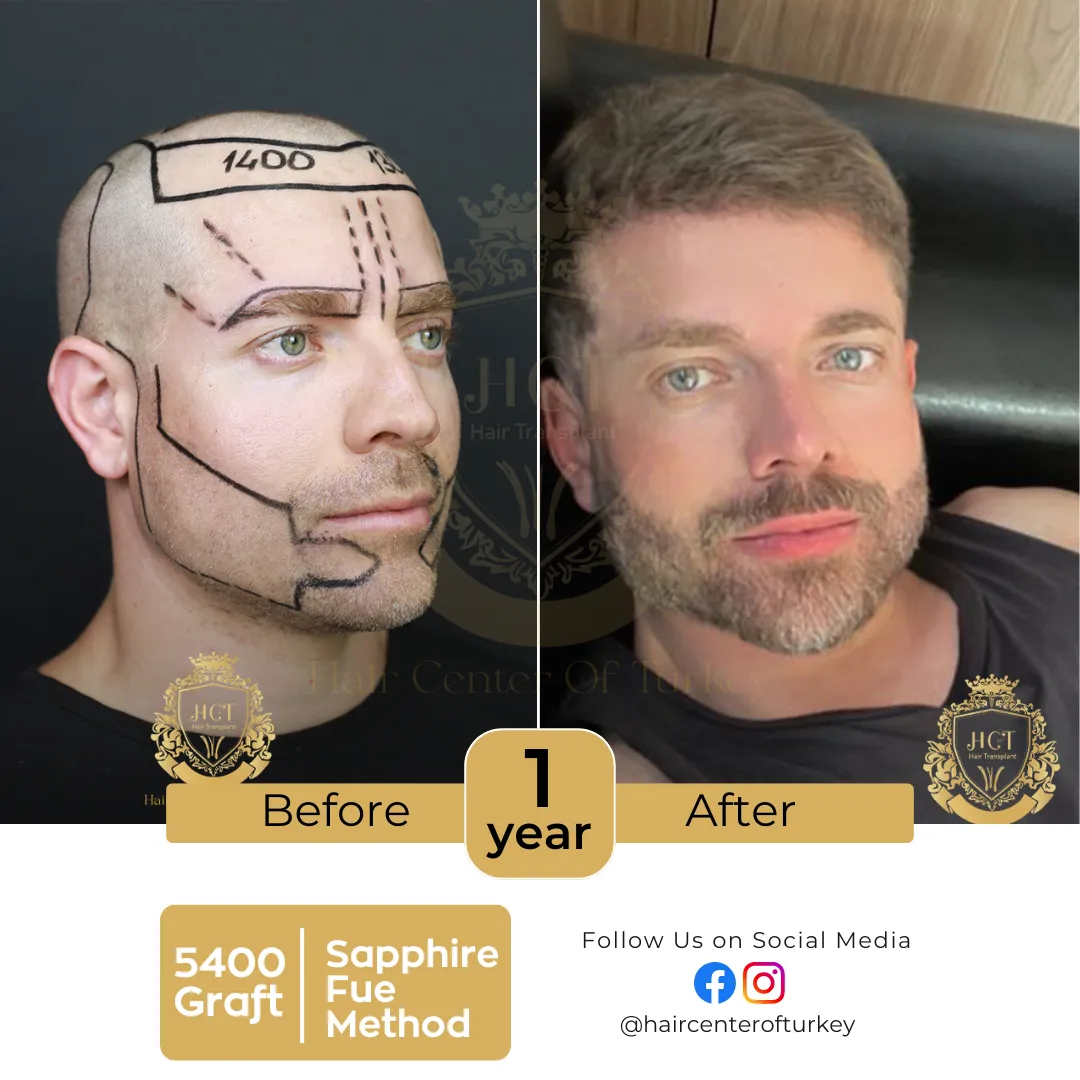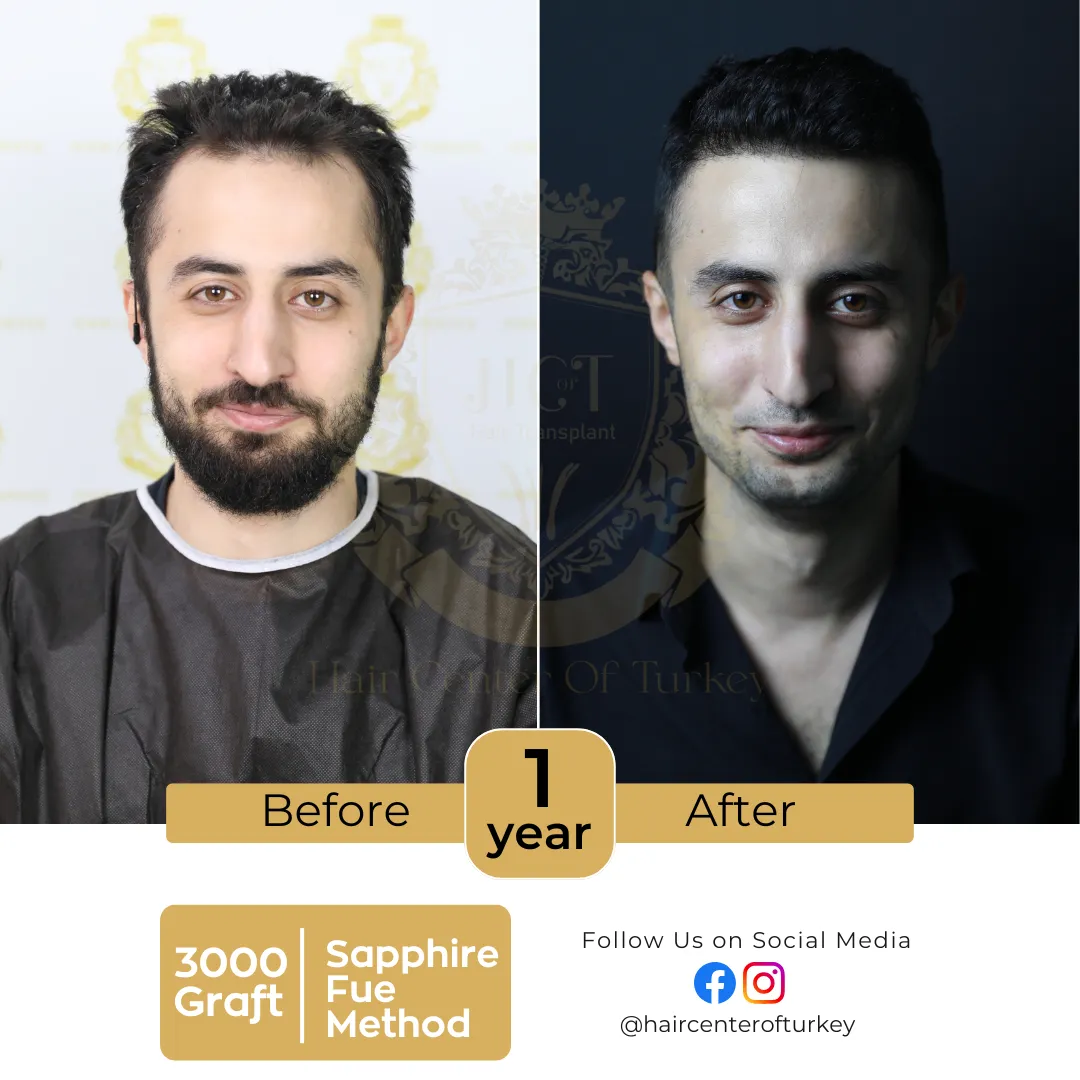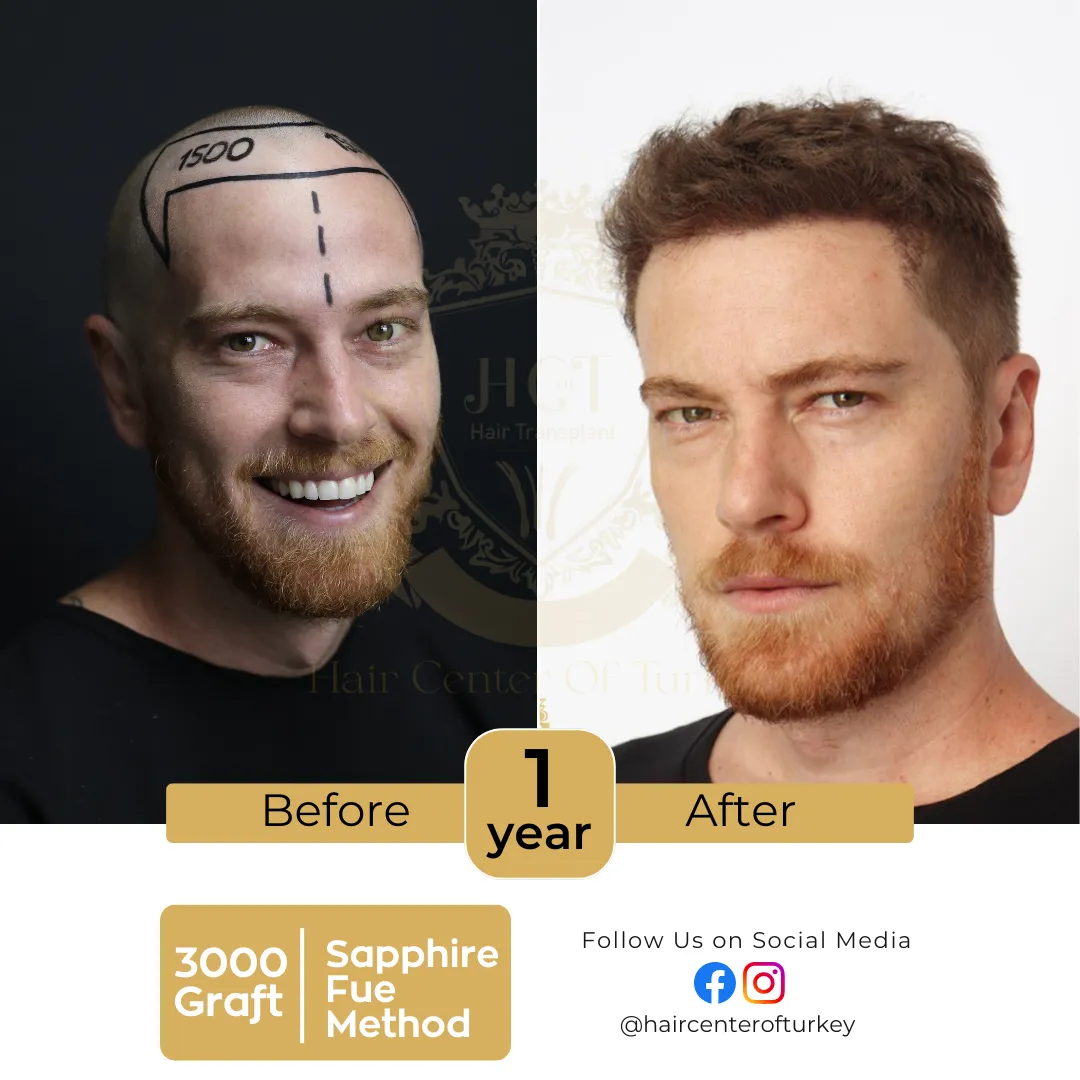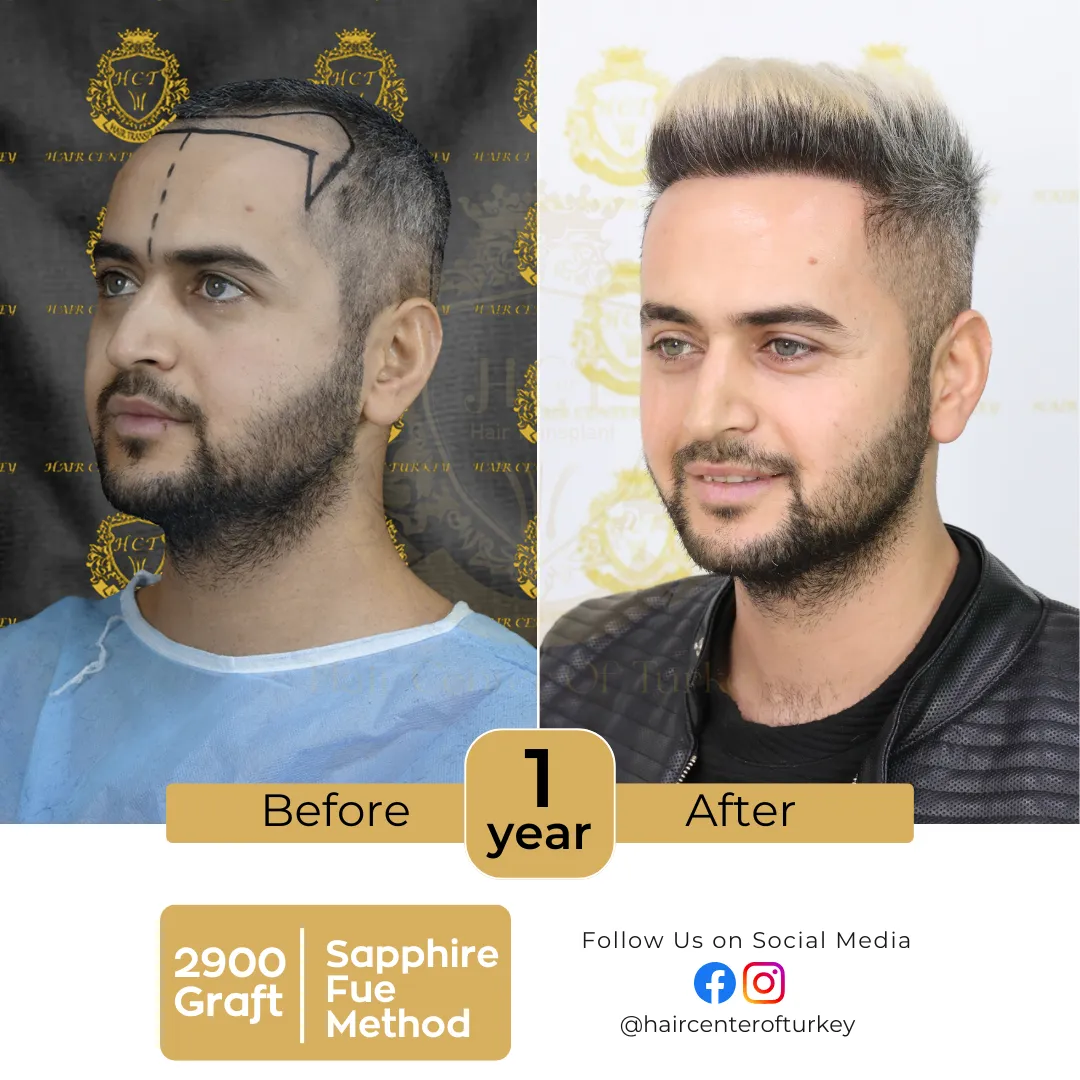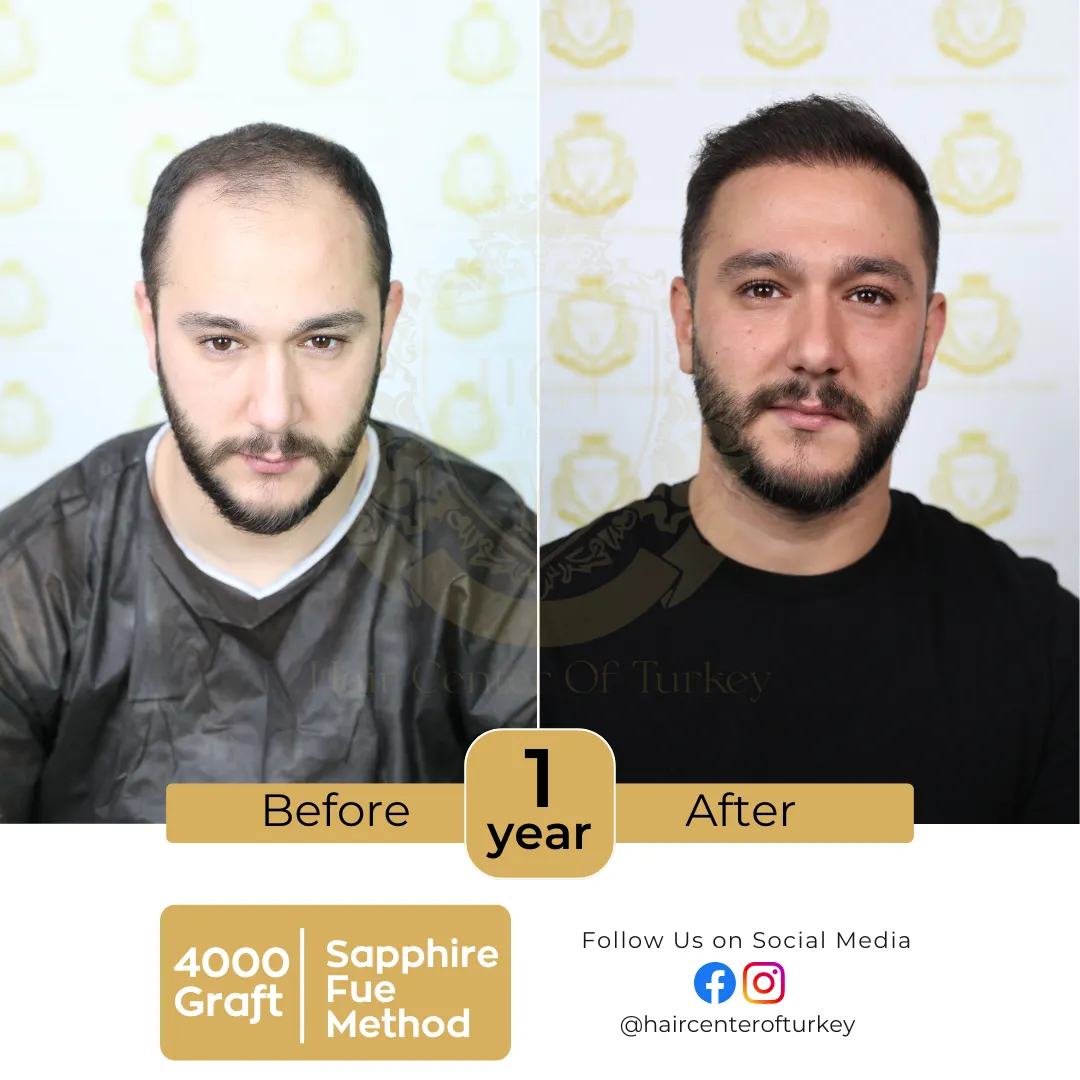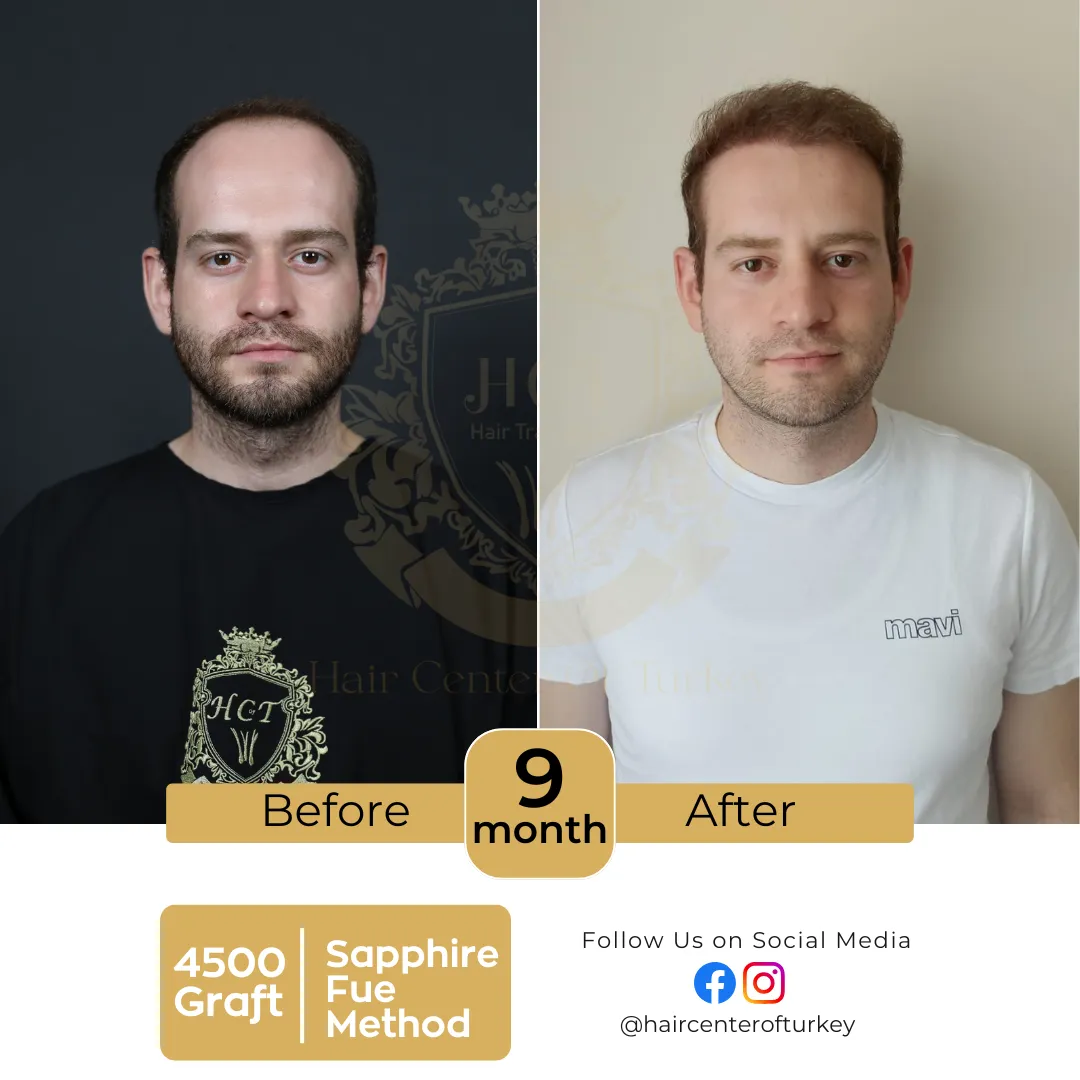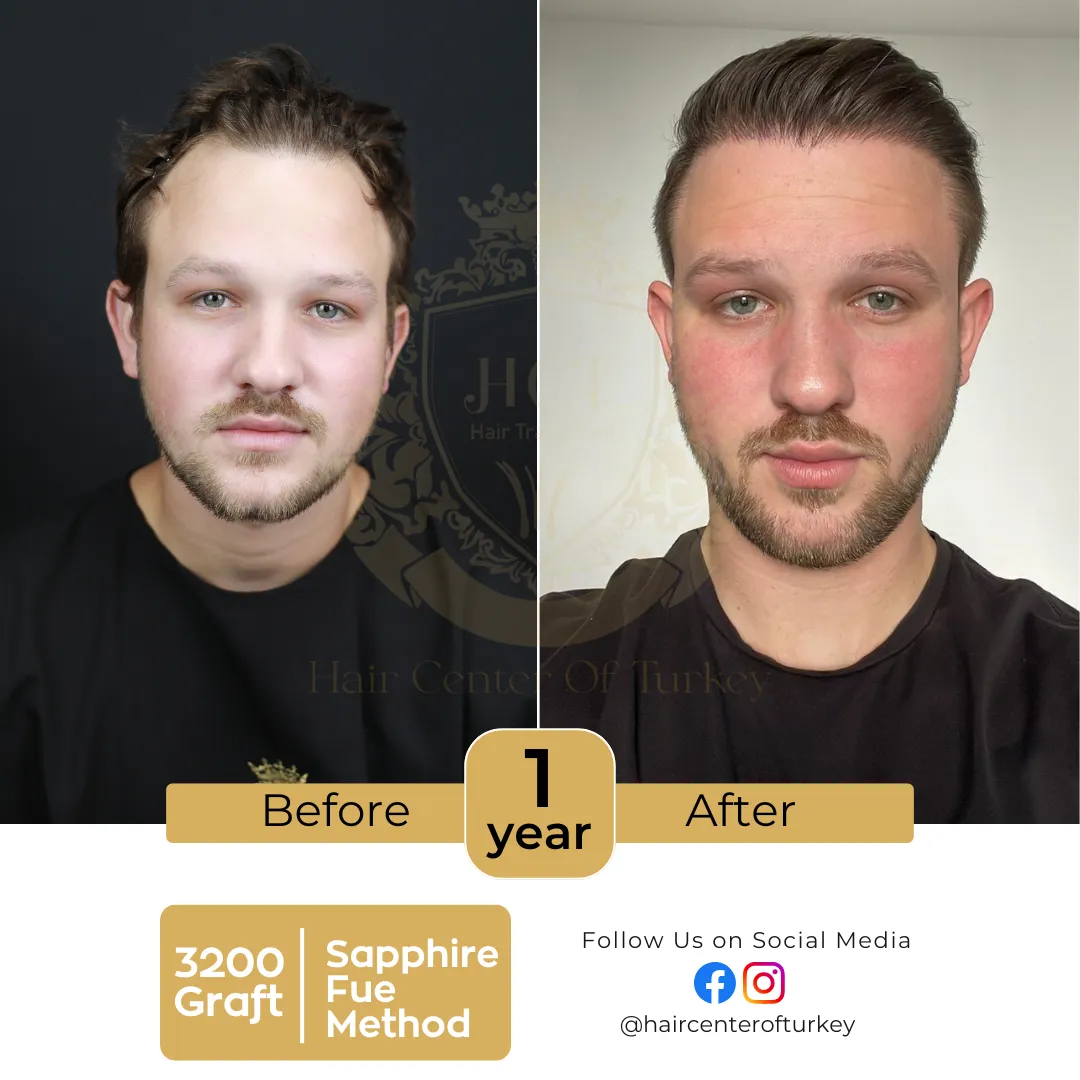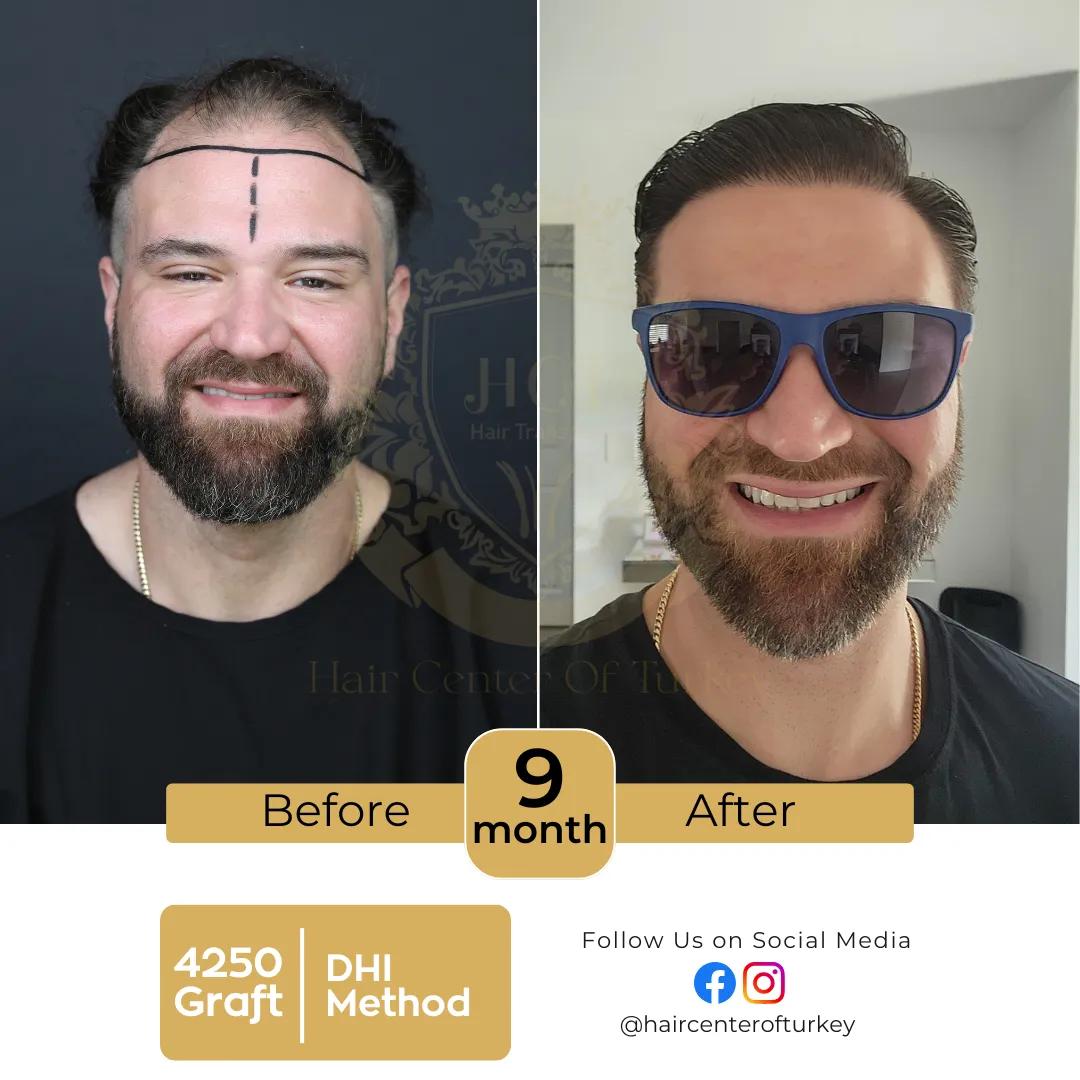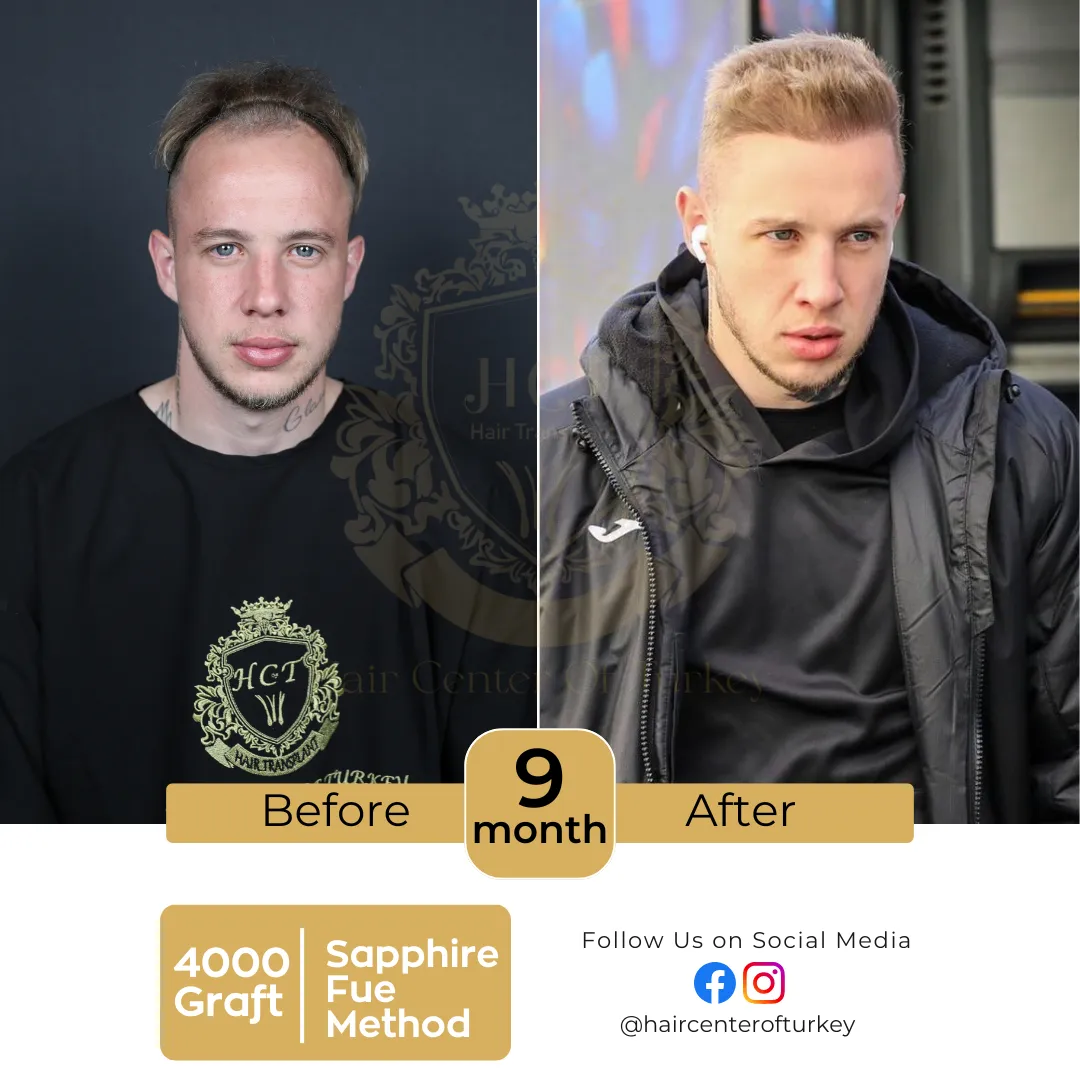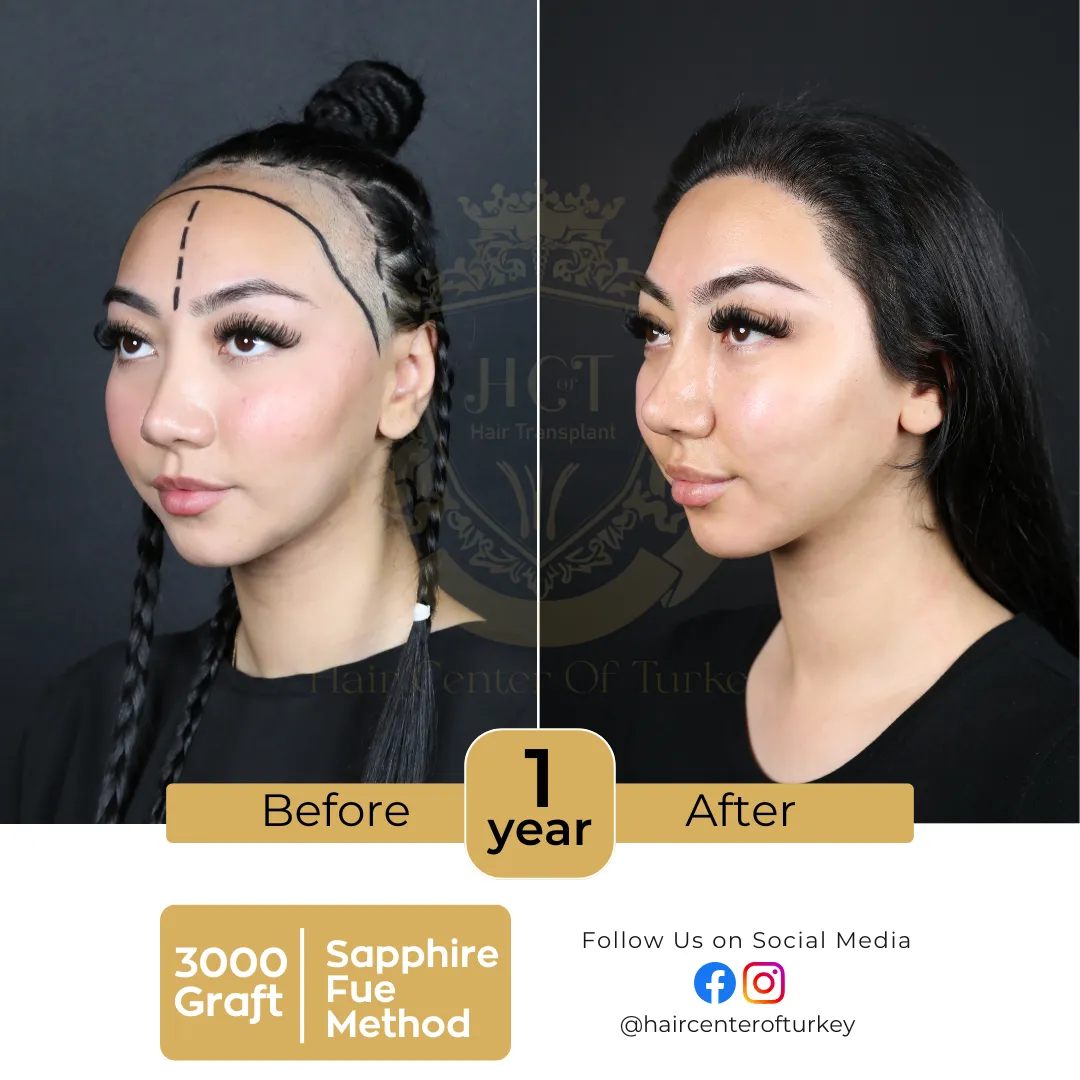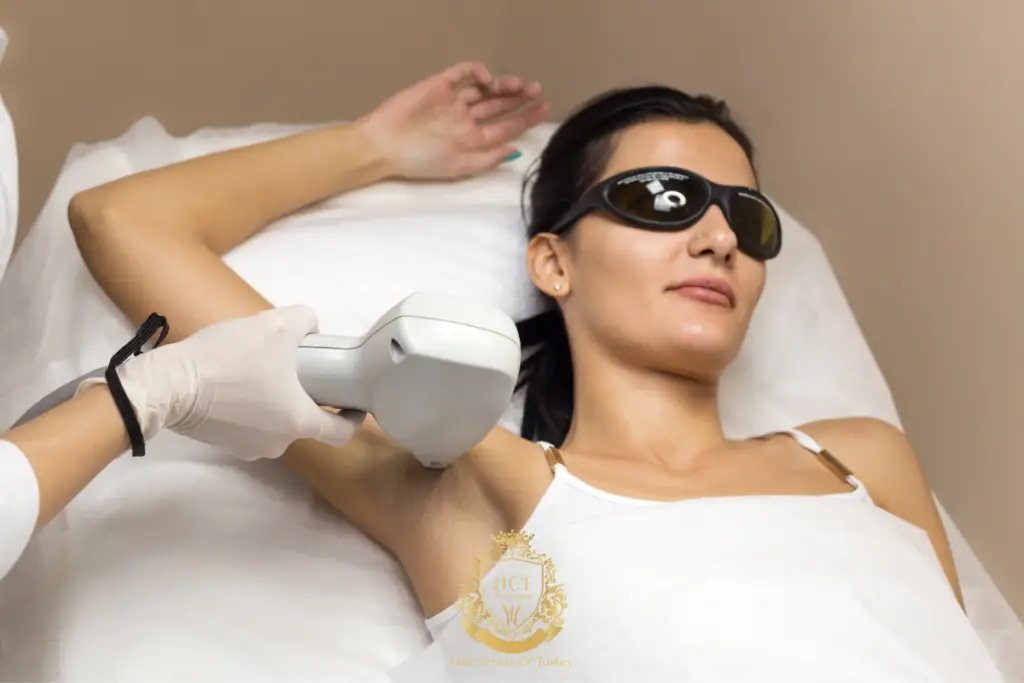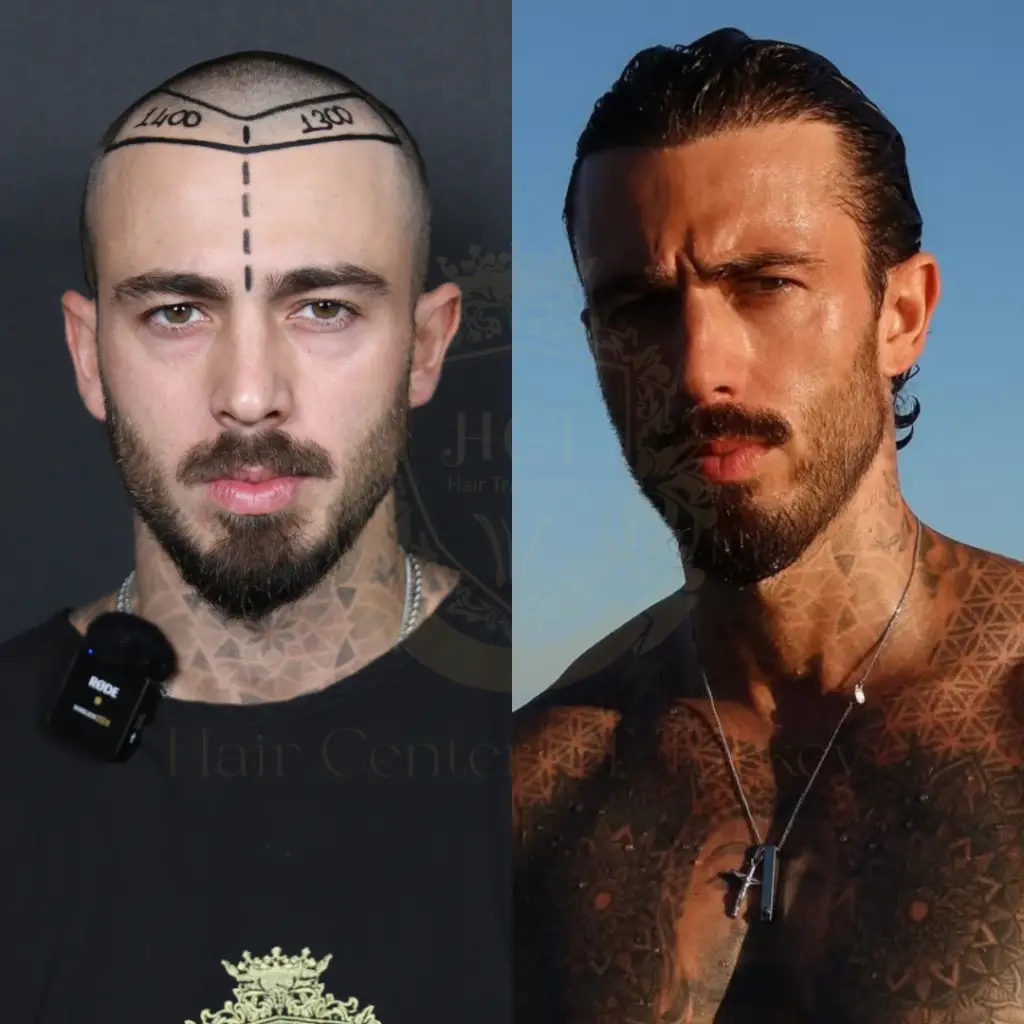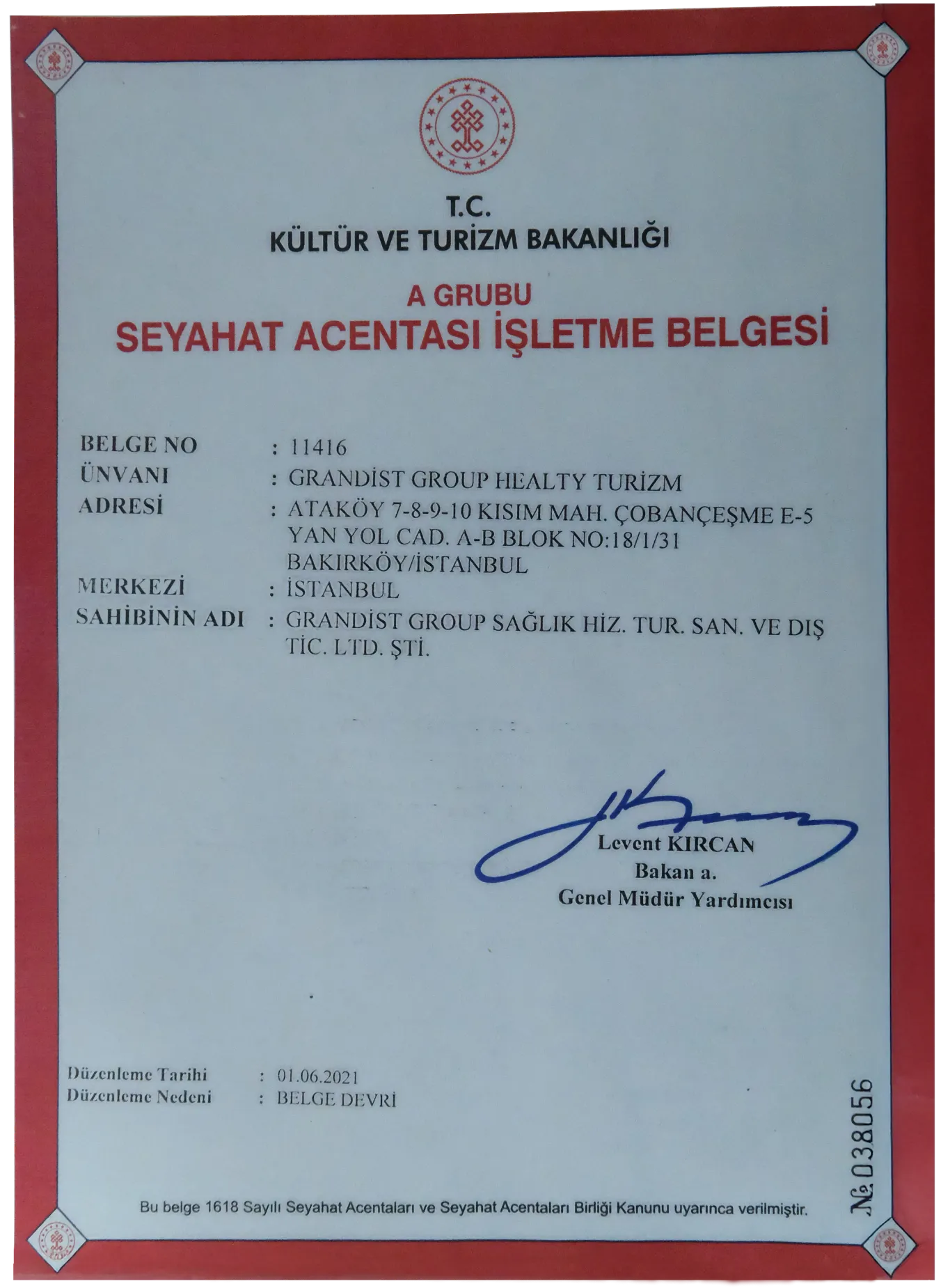Differences Between Highlights and Streaks
Nowadays, hair care and aesthetics have become an indispensable part of beauty routines. Among the techniques that add dimension to hair color, highlights and streaks are the most popular applications. However, many people confuse these two methods. In this article, we will examine the differences between highlights and streaks in detail.
What Are Highlights?
Highlights are a coloring technique applied to specific sections of the hair using thin or thick strands in lighter or darker tones. Highlights can give your hair a natural movement and depth. They are usually applied a few shades lighter than your natural hair color and help accentuate facial features.
Highlights are ideal for mimicking the effect of hair naturally lightened by the sun. Since only certain parts of the hair are colored, the overall look is not dramatically different, creating a soft and natural appearance. Also, when discussing the differences between highlights and streaks, it is noted that highlights preserve the natural texture of the hair and are easier to maintain.
Advantages of Highlights:
- Provides a natural and shiny look
- Accentuates facial features
- Can be applied without damaging hair structure
- Long-lasting effect
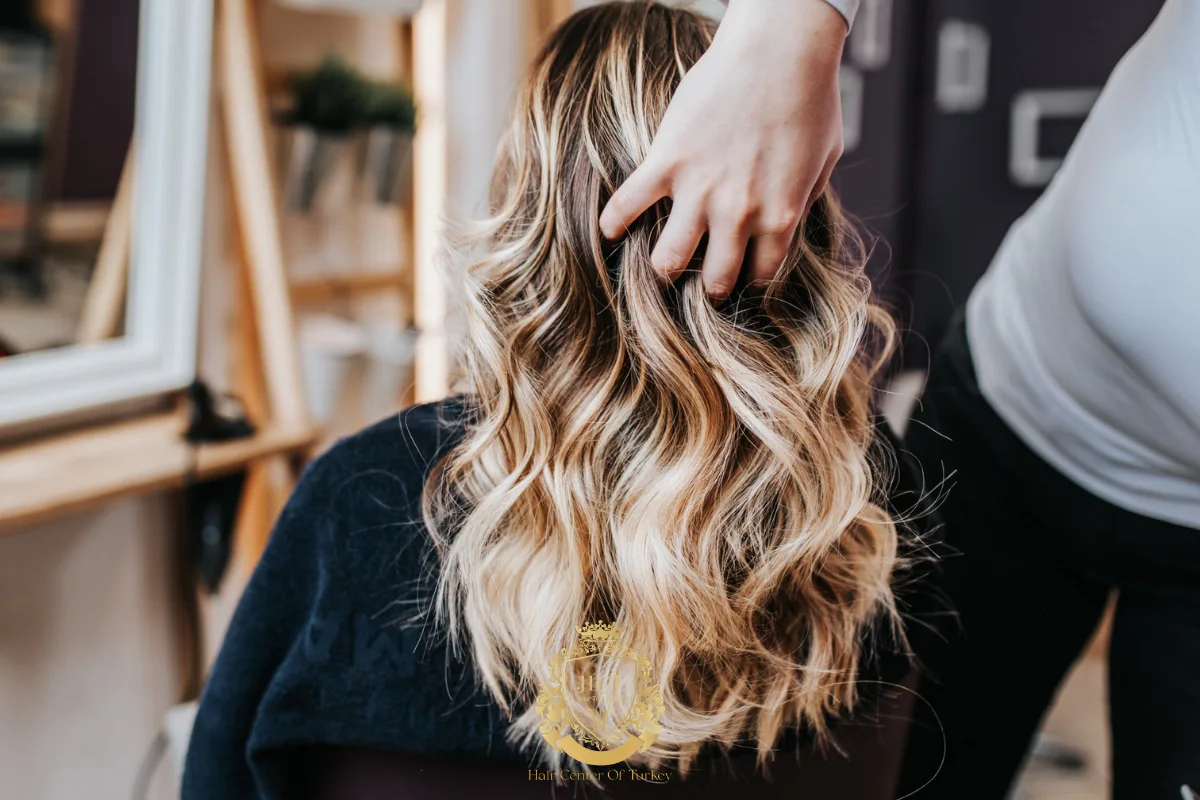
What Are Streaks?
Streaks can be applied to the entire hair or specific sections and, unlike highlights, involve more intense coloring. Streaks are especially suitable for those who want to completely change their hair color or create noticeable contrast in their hair.
During streak application, hair strands are separated into thin sections and colored with more prominent tones. Unlike highlights, streaks provide a more dramatic look and create greater contrast compared to the natural hair color.
Streaks are particularly striking when applied in lightening tones on dark hair. They are also often preferred for creating a three-dimensional effect in hair.
Key Differences Between Highlights and Streaks
The differences between highlights and streaks are often confusing for many people. Here are the main distinctions:
- Appearance and Effect:
- Highlights provide a natural and soft look.
- Streaks create a more prominent and dramatic effect.
- Application Intensity:
- Highlights are applied to certain sections of the hair.
- Streaks cover a larger area and can be applied to the entire hair.
- Color Tones:
- Highlights are generally applied in natural tones.
- Streaks are chosen in contrasting and noticeable tones.
- Maintenance:
- Highlights require low maintenance.
- Streaks, especially in lighter tones, require more frequent care.
- Durability:
- Highlights maintain aesthetic appeal for a long time while preserving hair structure.
- Streak colors fade faster, especially as hair grows, requiring more upkeep.
These differences are clearly reflected both in the application technique and the aesthetic outcome.
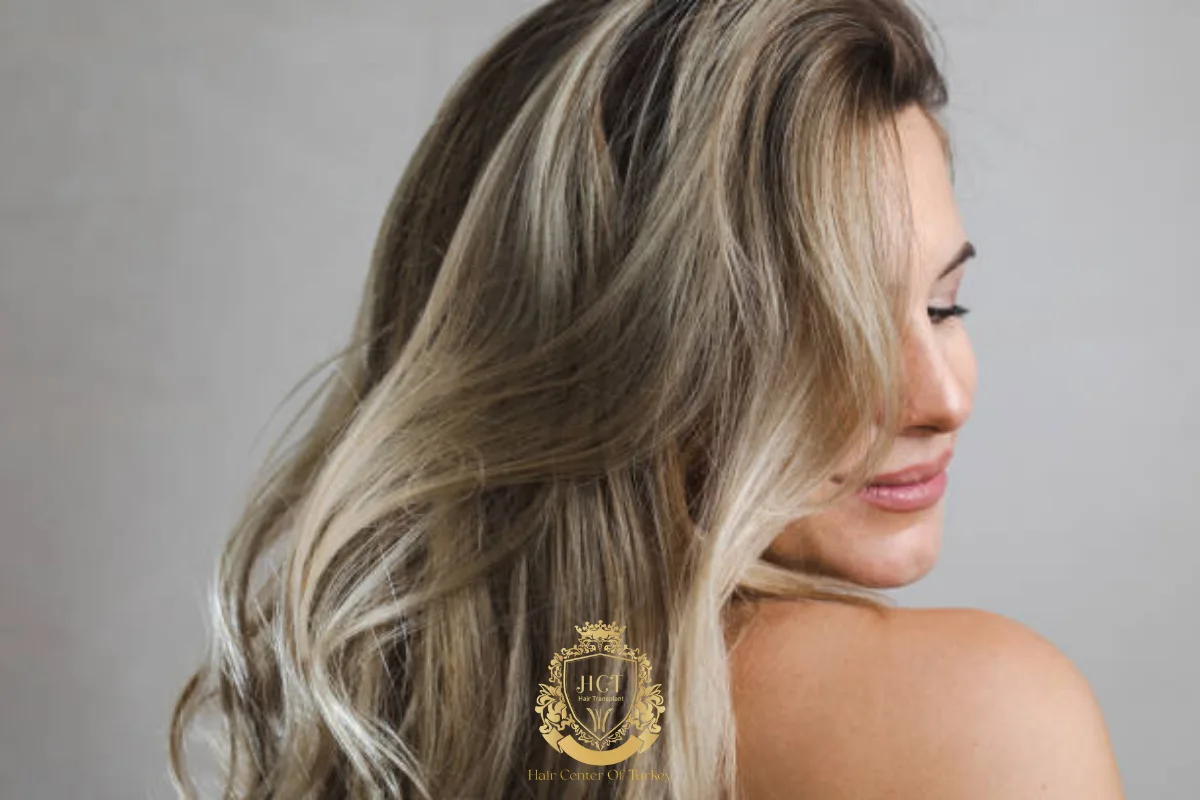
Which Is Suitable for Your Hair Type?
Choosing the right method according to your hair type is important for both appearance and hair health.
- Hair Types Suitable for Highlights:
Highlights are especially suitable for fine hair and natural tones. They add a subtle shine without disrupting the hair’s natural movement and are ideal for emphasizing facial features. - Hair Types Suitable for Streaks:
Streaks are more effective on thick and dark hair. They are preferred by those who enjoy a dramatic look or want to completely change their hair color.
Thus, the differences between highlights and streaks are determined not only by technique but also by hair structure and personal expectations.
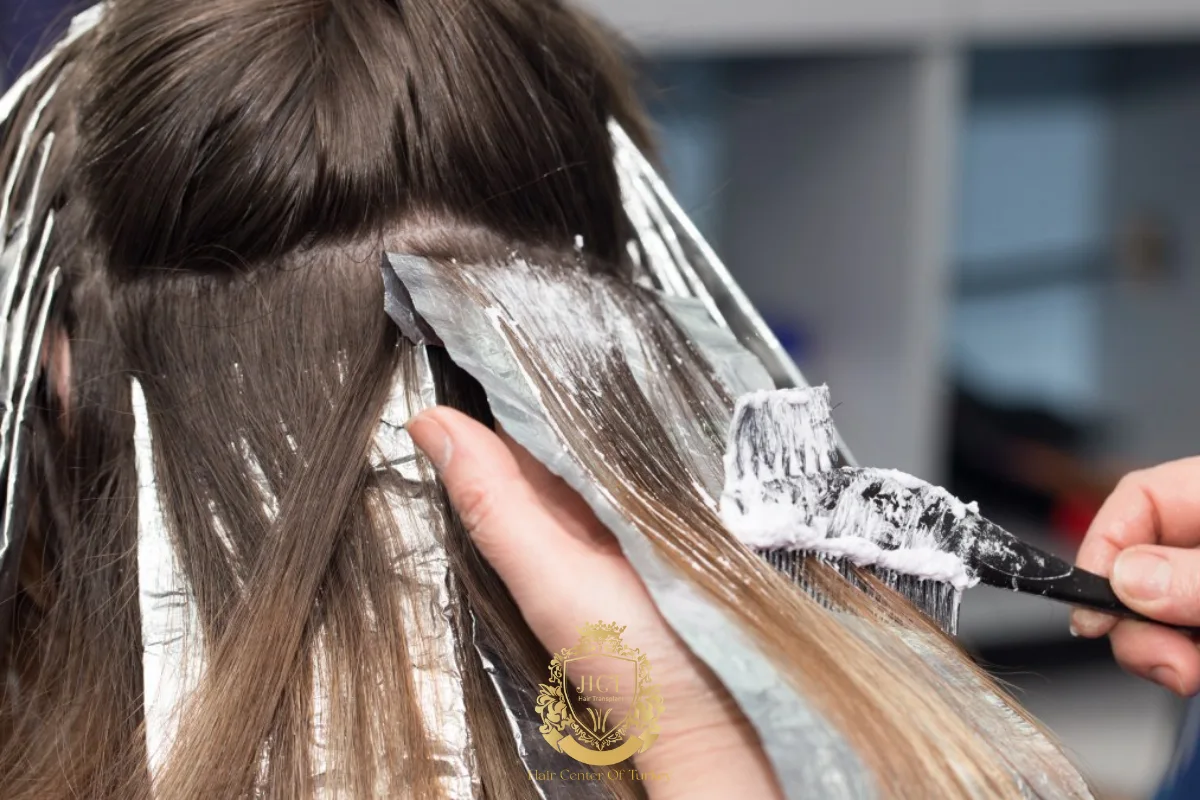
Application Techniques
The differences between highlights and streaks also appear in application techniques:
- Highlight Application:
- Hair is separated into thin sections.
- Light-colored dyes close to the hair’s natural tone are applied.
- Coloring is done with a brush or comb, left for the required time, and then washed.
- Streak Application:
- Hair is separated into more prominent sections.
- Contrasting colors or lightening tones are applied.
- Sections are wrapped with foil or paper to complete the process.
- Processing time is adjusted according to hair structure.
Both techniques, when applied correctly, ensure healthy and aesthetically pleasing hair. However, the differences between highlights and streaks are more noticeable in technique and the resulting appearance.
Price Differences
The differences between highlights and streaks are also reflected in pricing:
- Highlights: Since highlights use less dye and a simpler technique, they are generally more affordable.
- Streaks: Streak applications require more materials and time, so they may be more expensive than highlights.
Prices vary depending on the salon’s location, the stylist’s experience, and hair length. In general, highlights are budget-friendly, while streaks are a more luxurious and dramatic option.
The differences between highlights and streaks are evident in appearance, technique, maintenance, and price. Highlights are ideal for a natural and soft look, while streaks are suitable for a more dramatic and prominent result.
Considering your hair type and expectations will help you choose the most suitable method. With the right choice, your hair will look both healthy and aesthetically pleasing.
Remember, the differences between highlights and streaks are not only technical but also important for hair health and personal style.


